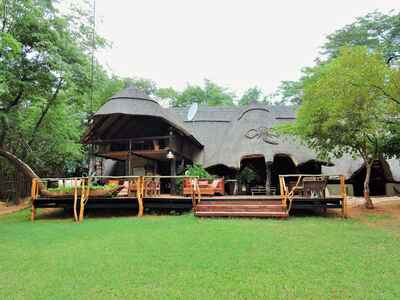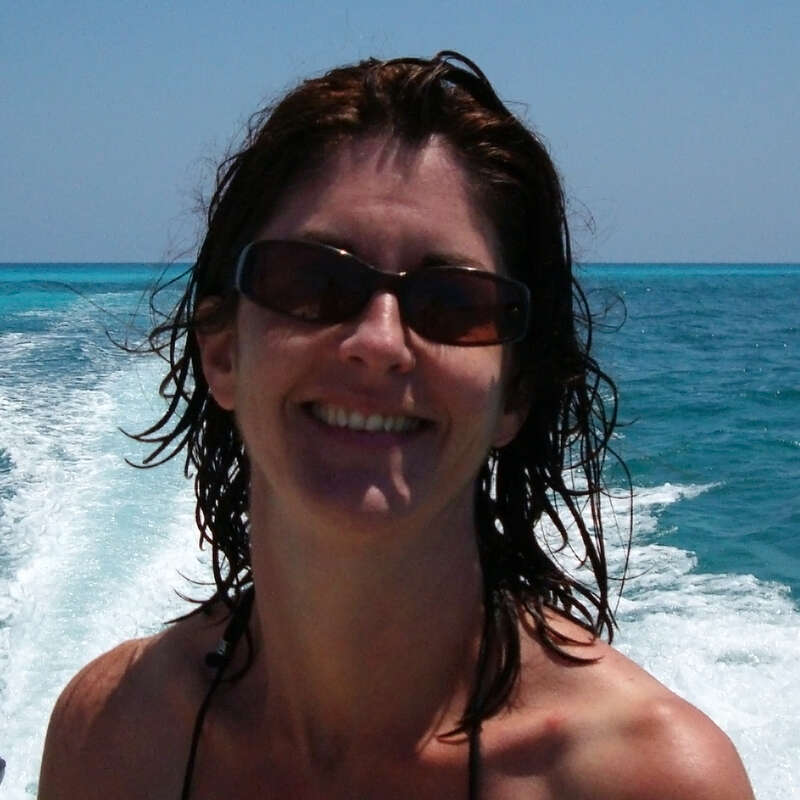About Ivory Lodge
The relatively small Ivory Lodge is situated in the Sikumi Forest Reserve, a strip of protected land in Zimbabwe ...
... sandwiched between the main Victoria Falls–Bulawayo road and Hwange National Park. One of the easiest of Hwange's safari lodges to access by road, Ivory stands next to a large waterhole that, in season, attracts elephants in their hundreds. Although this is a significant draw, the lodge focuses most of its activities on 4WD game drives into the nearby Hwange National Park.
Ivory Lodge offers good value for money, with easy access into Hwange National Park and the flexibility of activities both here and within their private concession. Being fenced, it also makes a great stop for families with younger children. It’s worth noting, though, that the wildlife experience here generally isn’t as strong as if you were to stay within the national park itself.
Our view
Ivory Lodge offers good value for money, with easy access into Hwange National Park and the flexibility of activities both here and within their private concession. Being fenced, it also makes a great stop for families with younger children. It’s worth noting, though, that the wildlife experience here generally isn’t as strong as if you were to stay within the national park itself.
Accommodation
9 rooms
Children
Best for 7+
Open
All year
Activities

4WD Safari

Birdwatching

Cultural excursion

Guided walking safari

Night drive

Private activities
Traveller reviews of Ivory Lodge
4 real, un-edited reviews from Expert Africa's travellers.
Arrived 26 Dec 2024, 3 nights
"Wouldn’t stay anywhere else in Hwange"
Overall rating: Excellent
Arrived 30 Jul 2024, 3 nights
"Ivory Lodge review"
Overall rating: Good
Arrived 26 Nov 2012, 3 nights
"Ivory Lodge, Hwange"
Overall rating: Good
Arrived 22 Jul 2012, 2 nights
"Ivory Lodge review"
Overall rating: Good
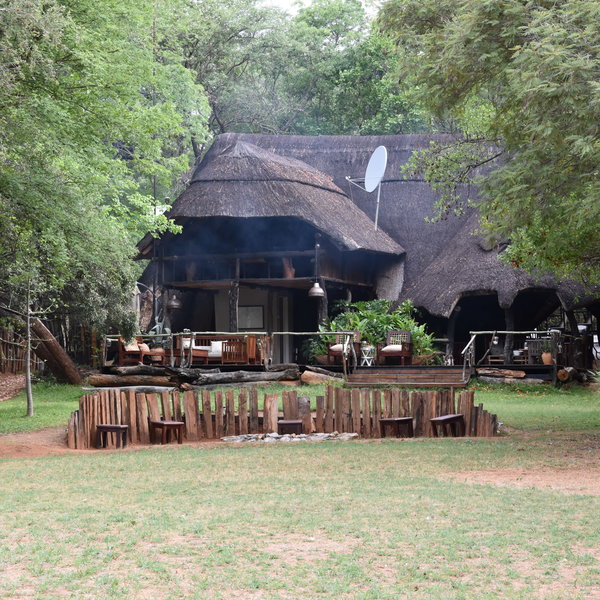
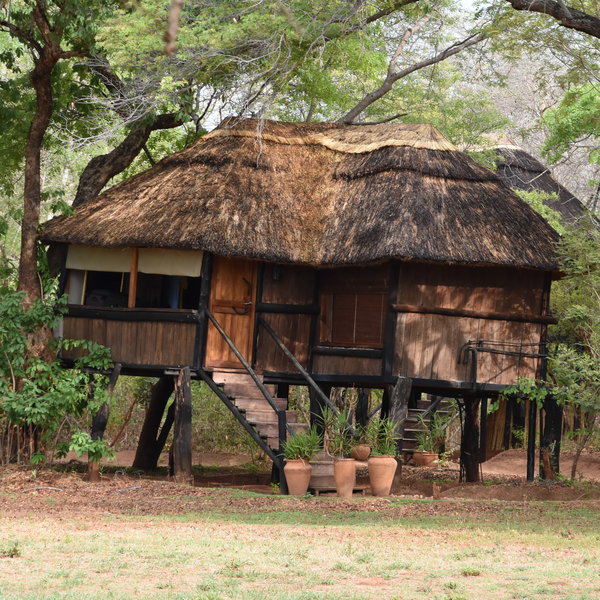
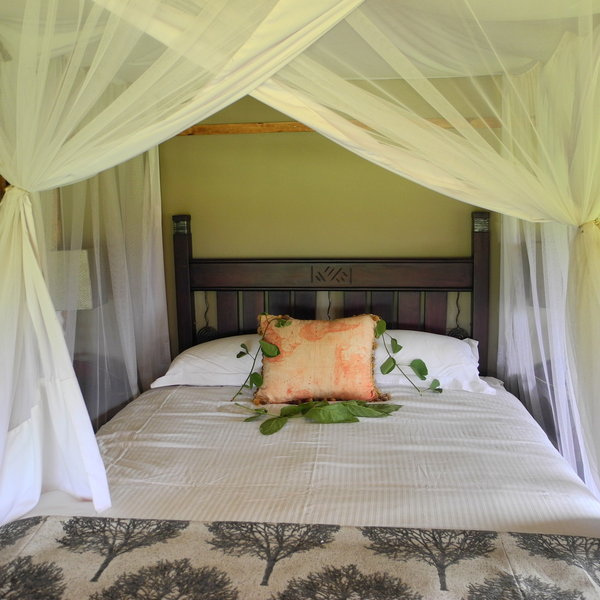
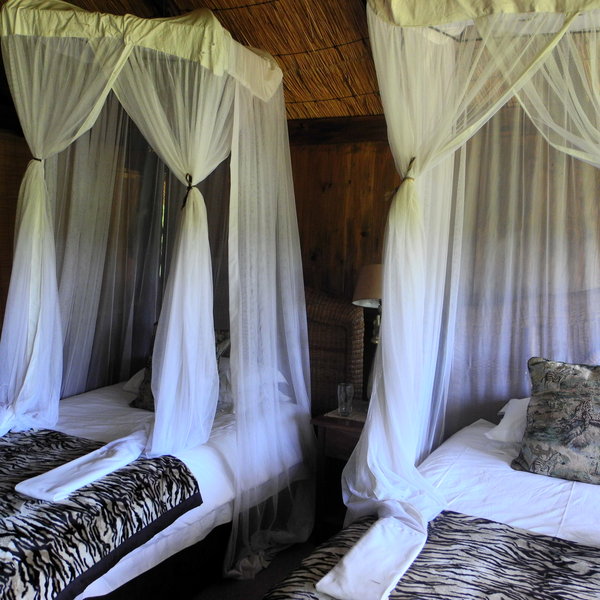
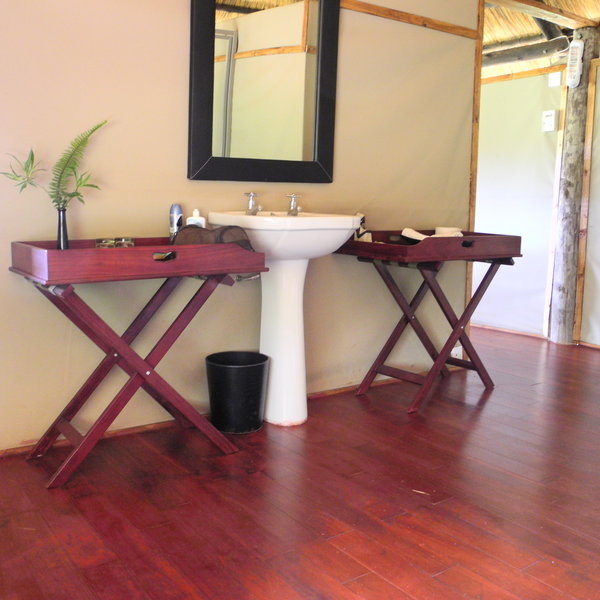
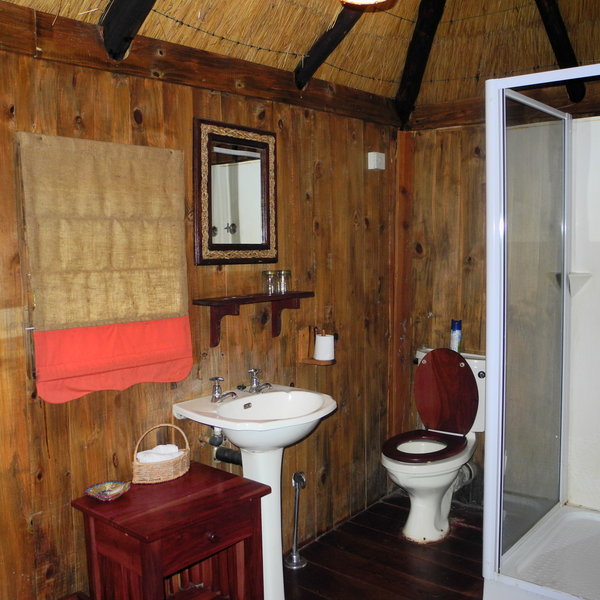
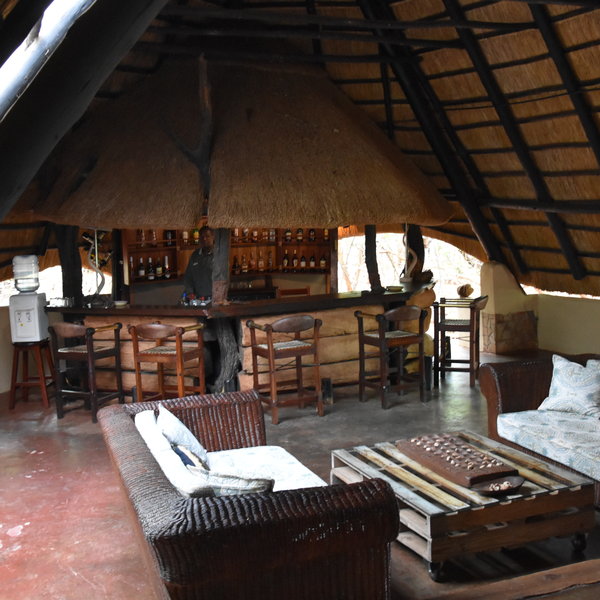
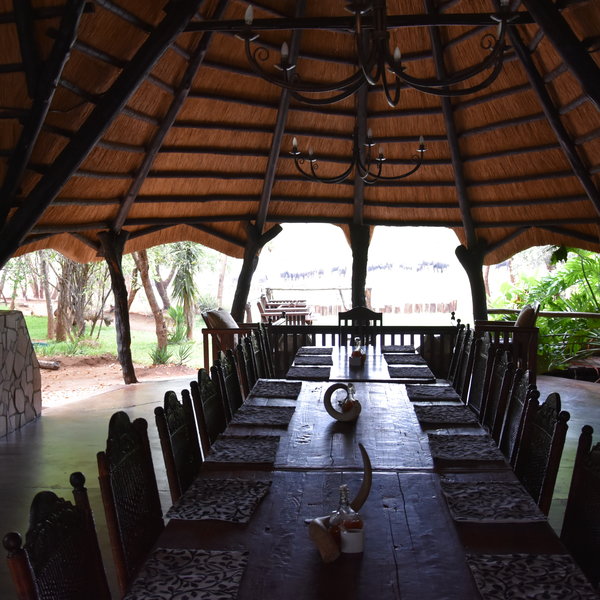
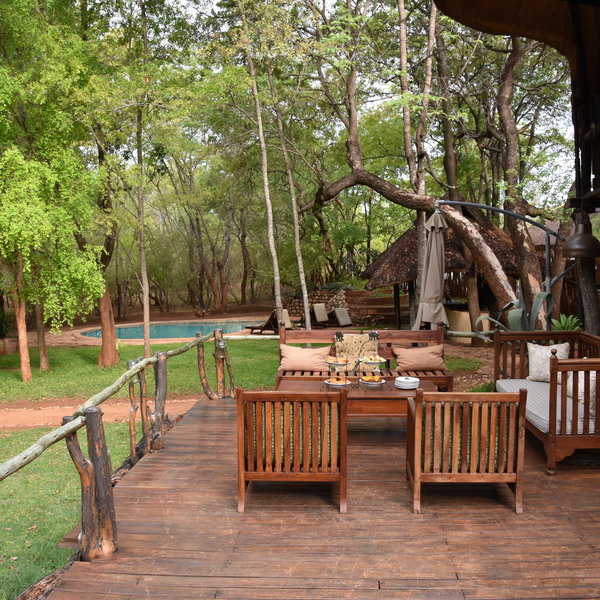
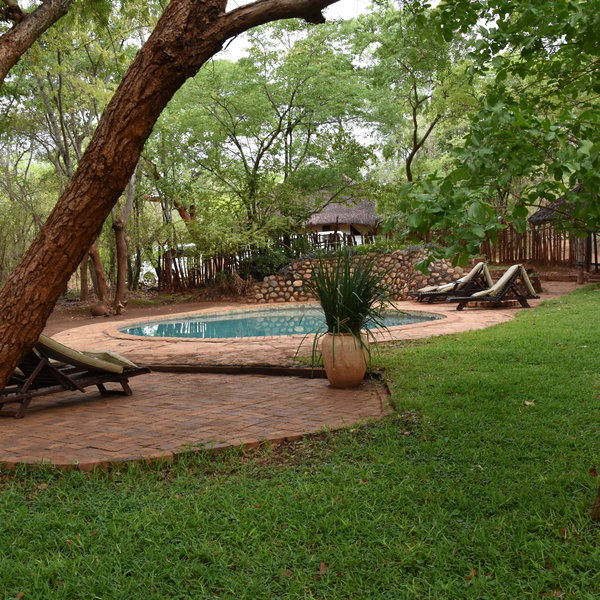
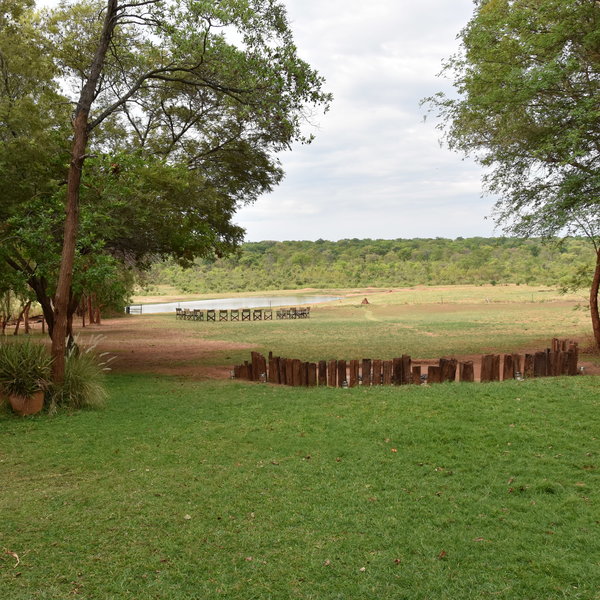
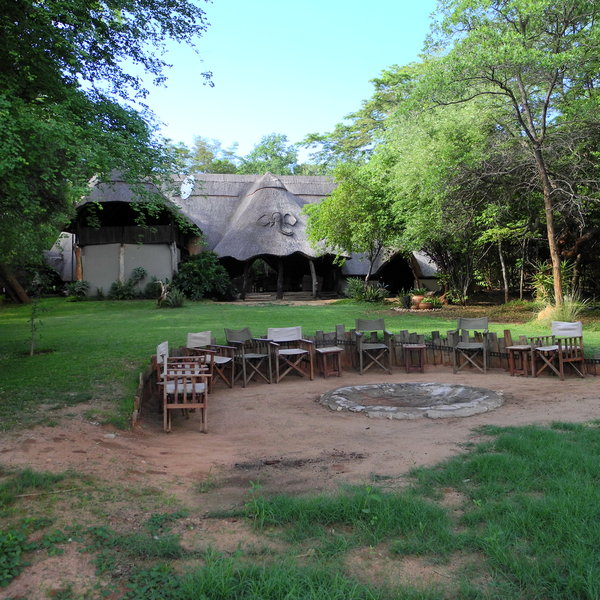
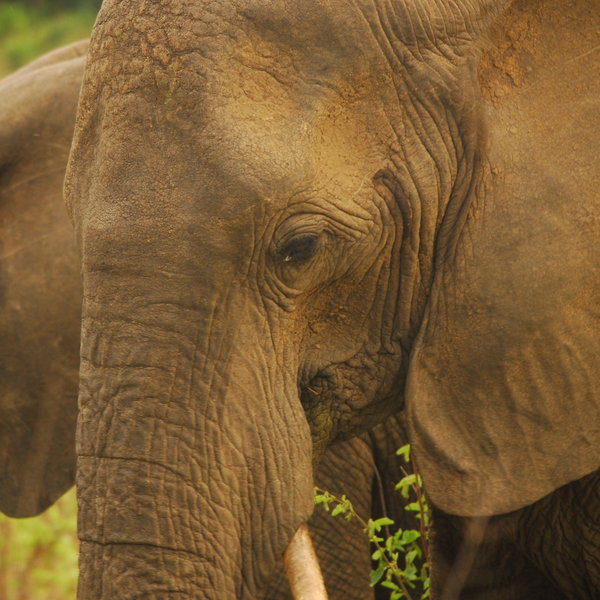
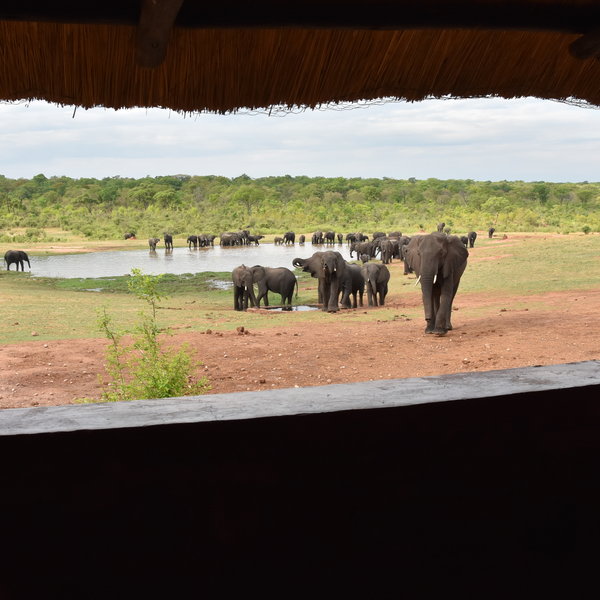
Expert Africa's gallery
When we travel we take lots of photos ourselves to give you a real and un-edited view of the safaris. See our 14 pictures of Ivory Lodge to get the candid view.
View gallerySafaris visiting Ivory Lodge
Just ideas, we'll always tailor-make a trip for you
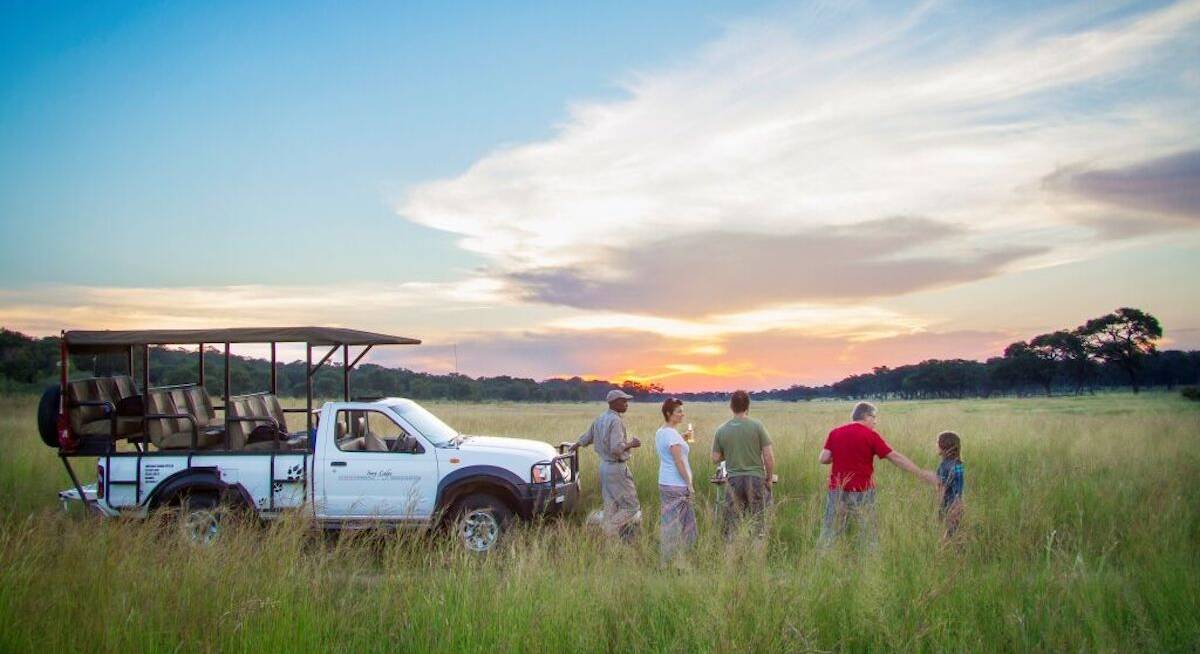
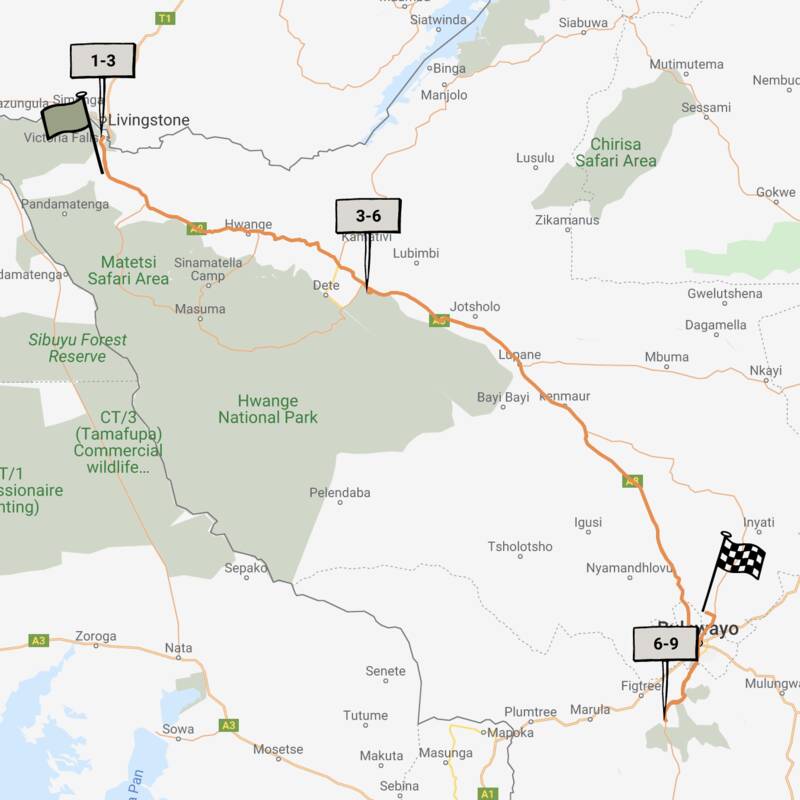
Klipspringer Safari
8 days • 3 locations • 1 country
VICTORIA FALLS AIRPORT TO BULAWAYO AIRPORT
An outstanding-value Zimbabwe safari exploring Victoria Falls and two contrasting locations in western Zimbabwe – Hwange and the Matobo Hills – giving you a real feel for Zimbabwe, its people and wildlife.
Visiting Matobo, Hwange and 1 other area
US$3,040 - US$3,570 per person
Ivory Lodge: Our full report
The relatively small Ivory Lodge is situated in the Sikumi Forest Reserve, a strip of protected land in Zimbabwe ...
... sandwiched between the main Victoria Falls–Bulawayo road and Hwange National Park. One of the easiest of Hwange's safari lodges to access by road, Ivory stands next to a large waterhole that, in season, attracts elephants in their hundreds. Although this is a significant draw, the lodge focuses most of its activities on 4WD game drives into the nearby Hwange National Park.
Slightly unusually for a safari camp, Ivory lodge is fenced to keep the larger animals out and this, combined with a solid, permanent feel, hints at its family-friendly aspirations. It shares a private concession within the reserve with three other very different properties, all part of the Amalinda Collection: two sister camps (Khulu Bush Camp and Khulu’s Retreat), and the Tuskers Campsite. While the first two – a small bushcamp and an exclusive villa – are entirely separate from Ivory Lodge, the campsite is closer, and on occasion its guests come over to use the lodge facilities.
Accommodation at Ivory Lodge is broken down into two types: tree houses and “presidential elephant suites”.
- The seven tree houses are built high on stilts, their large mesh windows and balcony making the most of the views down towards the waterhole – although depending on the room you’re in it can be some distance away. Inside, the rooms are simple but very comfortable, with twin or double beds curtained by mosquito nets, a ceiling fan, a table and a couple of wooden chairs. There's an en-suite bathroom up here, too, with a washbasin, large shower and flush toilet.
- In a similar style, the two presidential elephant suites (named after the “presidential herd” of elephants that often frequent the area) are also elevated, although not as high as the tree houses. Having been renovated and updated shortly before our visit in November 2017, these rooms were looking good. Each has a view of the waterhole from both the double bed (with a mosquito net) and a private balcony with chairs: ideal for relaxing with a book at siesta time. Gauze windows create a light and airy feel and a fan helps cool the room in the hotter months. The en-suite bathroom has a shower, flush toilet and bath, next to which is a novel, porthole-sized window that shares the views of the surrounding bush and the waterhole.
For the best views, however, there is an impressive hide. Although we only dropped into Ivory Lodge for a couple of hours, we spent a pleasant half an hour here watching the presidential herd make full use of the waterhole and drinking trough that is pumped by the lodge. Apparently, elephant are far from the only wildlife to make use of the waterhole; lion, buffalo and a profusion of smaller animals and birds frequent it on a regular basis.
Activities at Ivory Lodge include 4WD drives in Hwange National Park, as well as night drives in the Sikumi Forest Reserve and walking safaris, all with qualified professional guides. Wildlife densities in the park are good, but as the park is about 3–4km from the lodge by road, with access to the main entrance through the forest reserve, you are likely to see other people and vehicles. On the plus side, the forest reserve does shelter some wildlife, especially elephant, even if densities are lower than in most of the national park.
In addition to the wildlife-focused activities, the team at Ivory Lodge is proud of its community initiatives and conservation work, and have established strong community links. Guests can opt to visit the community to see some of the fruits of this outreach work and learn about local life. In addition, a local singing and dance group often provides post-dinner entertainment – which some will enjoy more than others.
Activities
4WD Safari
Birdwatching
Cultural excursion
Guided walking safari
Night drive
Private activities
Families & children
- Attitude towards children
- Children of two and over are welcome.
- Property’s age restrictions
- Children under 2 years are not permitted at Ivory Lodge. Those travelling with children under five would need to hire a private vehicle.
- Special activities & services
- Ivory Lodge has babysitters in camp who are available on an hourly basis – although note that they are unlikely to be trained in childcare.
- Equipment
- Highchairs and cots can be arranged with advanced notice.
- Generally recommended for children
- As the only fenced lodge in the Hwange area, and offering a babysitting service, Ivory Lodge is the best camp in this national park for family safaris with younger children. That said, the camp’s fences don't stop all dangerous wildlife from passing through, so parents will still have to be vigilant.
- Notes
- The tree-house rooms are raised high off the ground with significant drops from the balcony, and the pool here is unfenced, so parental supervision of children is required at all times.
Food & drink
- Usual board basis
- Full Board & Activities
- Food quality
- In November 2017 we enjoyed our meals at Ivory Lodge’s sister camp, Khulu Bush Camp, and we would expect the food and service at Ivory to be similar. With the lodge’s family focus we’d also expect there to be some flexibility with both the menu and the mealtimes here.
Breakfast is likely to be the usual spread of cold meats, cereals, fruit and breads, with hot dishes cooked to order.
As all our visits here have been fleeting we have never had the opportunity to have lunch here, but we understand that a two-course lunch of a main course followed by dessert is the norm.
Dinner is a three-course set menu with the occasional braai night. A typical menu would feature a soup to start, followed by a large steak with seasonal vegetables and potatoes, and something like a chocolate mousse for dessert. - Dining style
- Group Meals
- Dining locations
- Indoor and Outdoor Dining
- Further dining info, including room service
- None
- Drinks included
- Soft drinks, bottled water, spirits, local beers and a selection of (generally) South African wines are included. Imported wines and spirits and champagne cost extra – and may even need to be requested in advance.
Our travellers’ wildlife sightings from Ivory Lodge
Since mid-2018, many of our travellers who stayed at Ivory Lodge have kindly recorded their wildlife sightings and shared them with us. The results are below. Click an animal to see more, and here to see more on our methodology.

100% success

100% success

100% success

100% success

100% success

100% success

100% success

50% success

50% success

50% success

50% success

50% success

0% success

0% success

0% success

0% success

0% success

0% success
Getting there
- Location
- Hwange National Park, Zimbabwe
- Ideal length of stay
- 2–3 nights would be fine at Ivory Lodge.
- Directions
- The easiest way to access Ivory Lodge is by road, usually from Victoria Falls or perhaps Bulawayo, although the lodge is very close to the main airstrip of Hwange National Park.
- Accessible by
- Fly-and-Transfer
Special interests
- Family safaris
- Ivory Lodge is the only camp in the Hwange area that is fenced. This, combined with family rooms and a babysitting service, makes the lodge one of the best options for a family safari in Zimbabwe with younger children.
- See ideas for Family safaris in Zimbabwe
Communications
- Power supply notes
- There is a backup generator incase of power failure.
- Communications
- Ivory Lodge has limited cellphone reception, but it's far from reliable.
- TV & radio
- None at the lodge.
- Water supply
- Borehole
- Water supply notes
- Flush toilets and hot and cold running water are available throughout
Health & safety
- Malarial protection recommended
- Yes
- Medical care
- The nearest doctor is in Hwange Town, about 10 minutes’ drive away.
- Dangerous animals
- High Risk
- Security measures
- The lodge’s fence keeps most (but not all) of the more dangerous animals out of camp. Guests rooms are kitted out with air horns to raise the alarm in case of emergency.
- Fire safety
- Fire extinguishers are positioned around camp and there is one in each room.
Useful info
- Disabled access
- Not Possible
- Laundry facilities
- There is a complimentary laundry service.
- Money
- There are safes in each of the rooms as and a safe in the main area too.
- Accepted payment on location
- Visa and Mastercard are accepted as are US dollars, South African rand, British pounds and euros.
Plan and book your trip with Expert Africa
All of our trips are tailor-made, so we'll always adapt them to suit you. Talk to an Expert and let us plan and arrange your perfect trip.

Talk to an Expert
Call or email us now! We’ll match you with the Specialist in our team who is best suited to help you. Then together we can start planning your trip.

Set up your itinerary
Based on our experience and your ideas, your specialist will create a detailed, costed itinerary. We’ll refine it together, until we have a trip that you’re perfectly happy with.

Prepare for your trip
The same Specialist will make the seamless arrangements for your trip, send you detailed travel documents, and be available to answer any questions before you depart.

Travel with peace of mind
After you set off, you’ll be cared for by our partners in Africa, most of whom have worked with Expert Africa for decades. And if you ever need us urgently, we’re available 24/7.

When you return
We love to learn about your trip, and so will always be grateful if you’ve the time to give feedback to your Specialist when you return.
Ivory Lodge's location
Look closer at the environment and surroundings of Ivory Lodge.
Other lodges in Hwange National Park
Alternative places to stay in this same area.
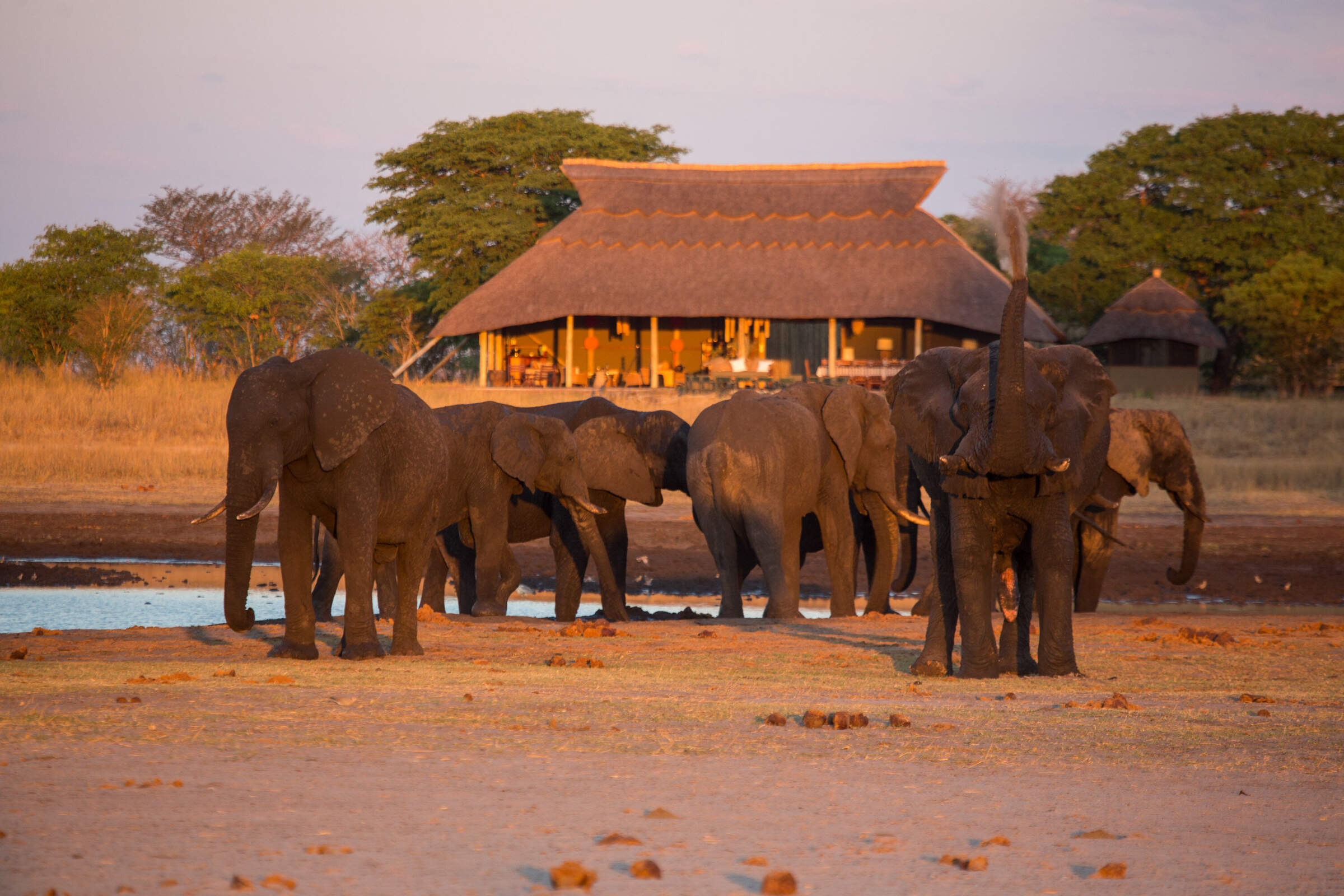
Camp Hwange
Overlooking a waterhole in a remote part of Hwange National Park, Camp Hwange offers great guiding in a pristine wilderness at reasonable prices.
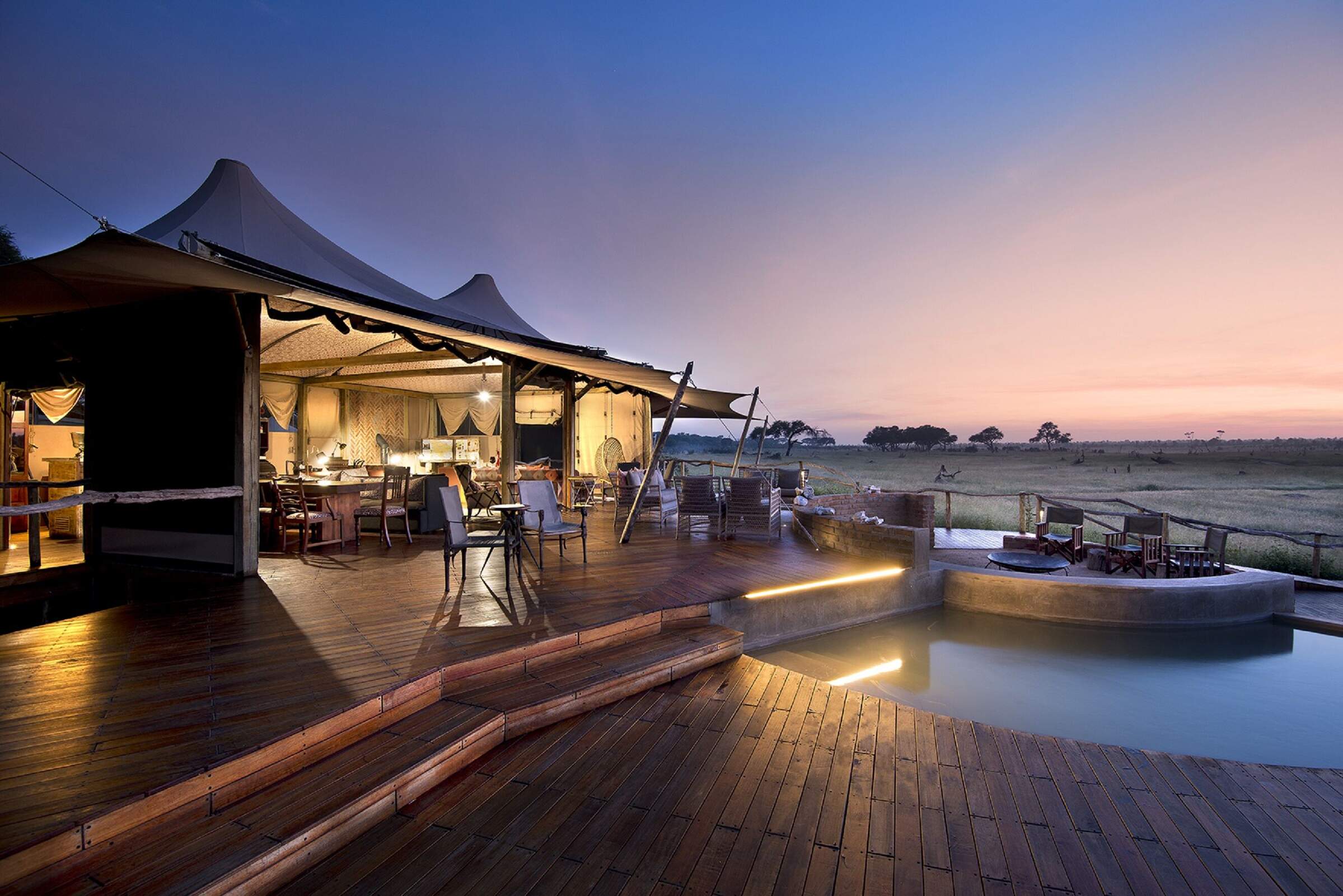
Somalisa Camp
Somalisa is a luxurious, yet remote, safari camp in Hwange National Park, offering walking safaris and game drives.
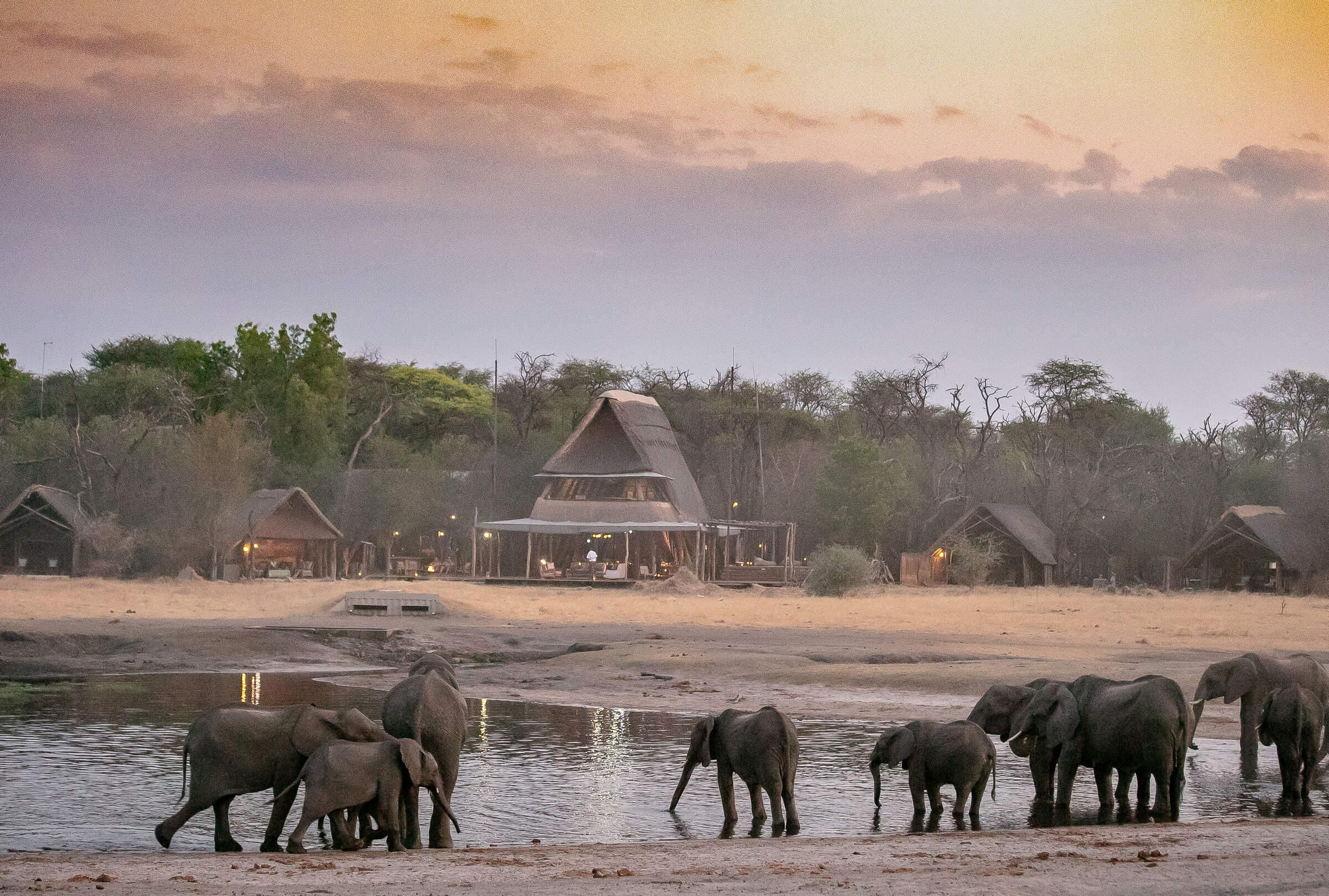
The Hide
Located in a small, private concession, The Hide is a relaxed and comfortable camp offering submerged hides and great family accommodation.
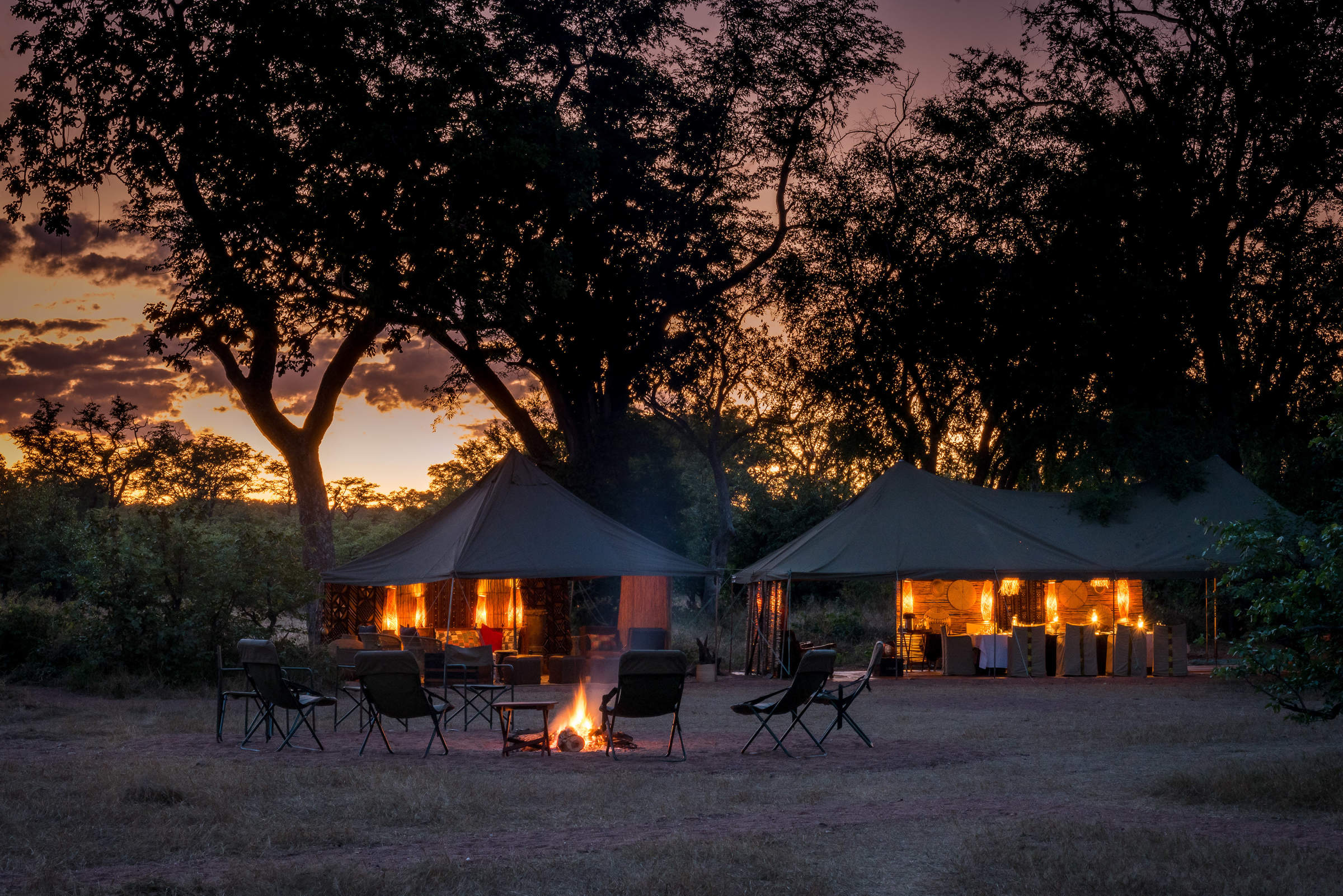
Hwange Bush Camp
Hwange Bush Camp is a small seasonal camp offering comfortable tents, great food, and superb guiding, and is often used by exclusive groups.
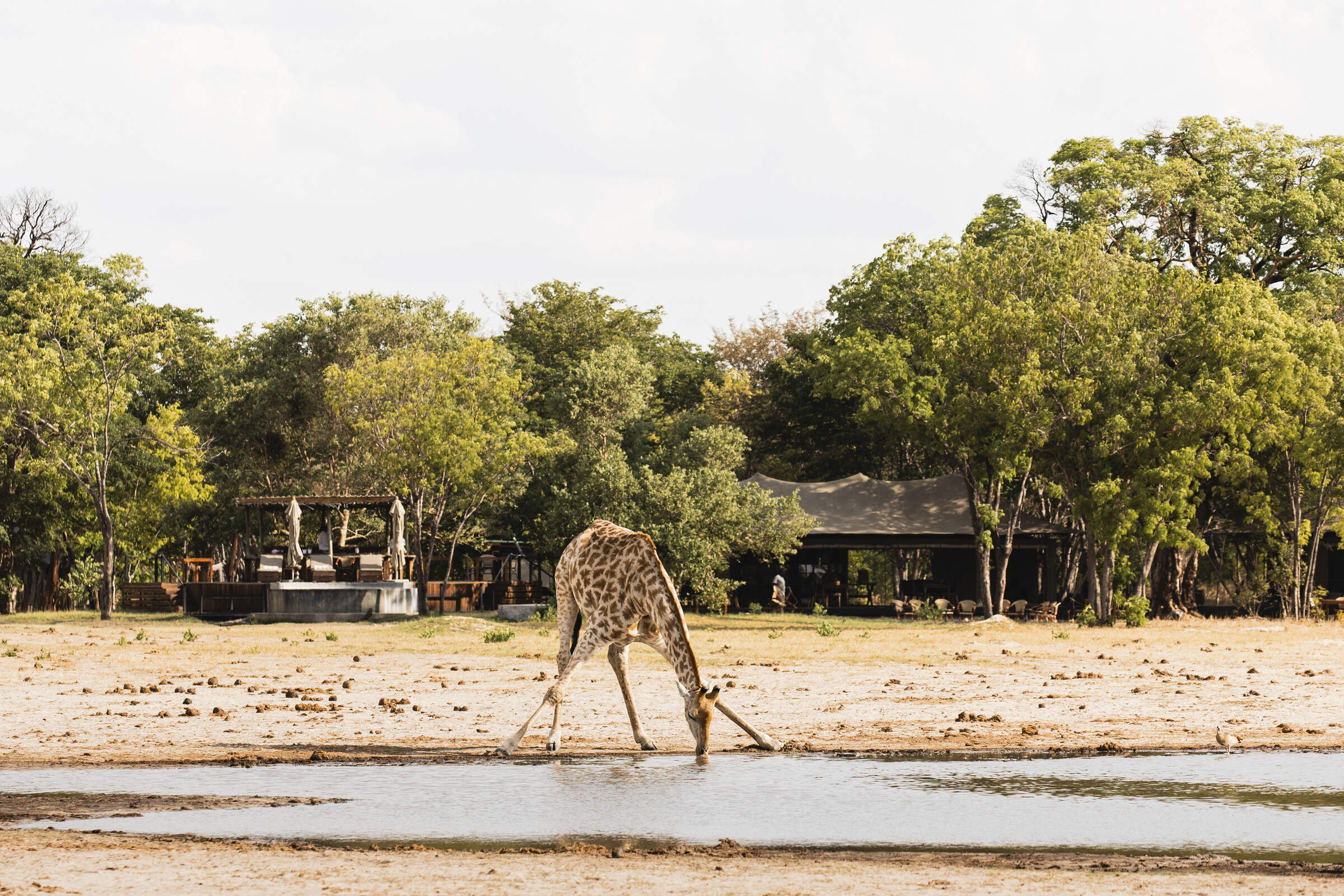
Little Makalolo Camp
Tucked away in Hwange National Park overlooking a waterhole, Little Makalolo Camp combines top guiding with excellent wildlife watching.
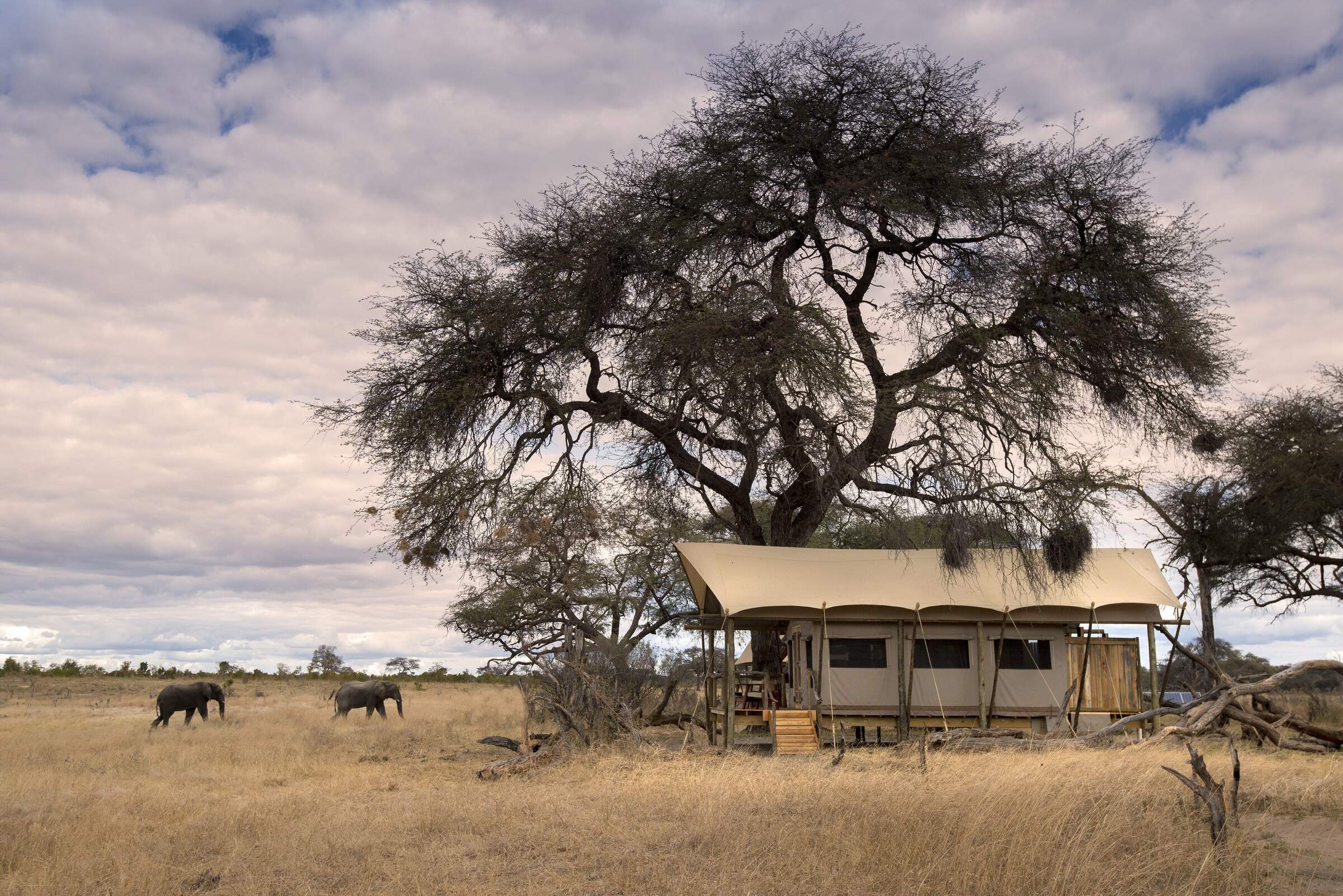
Somalisa Expeditions
A simple but stylish camp, Somalisa Expeditions sits in the heart of Hwange National Park, offering walking safaris and game drives.
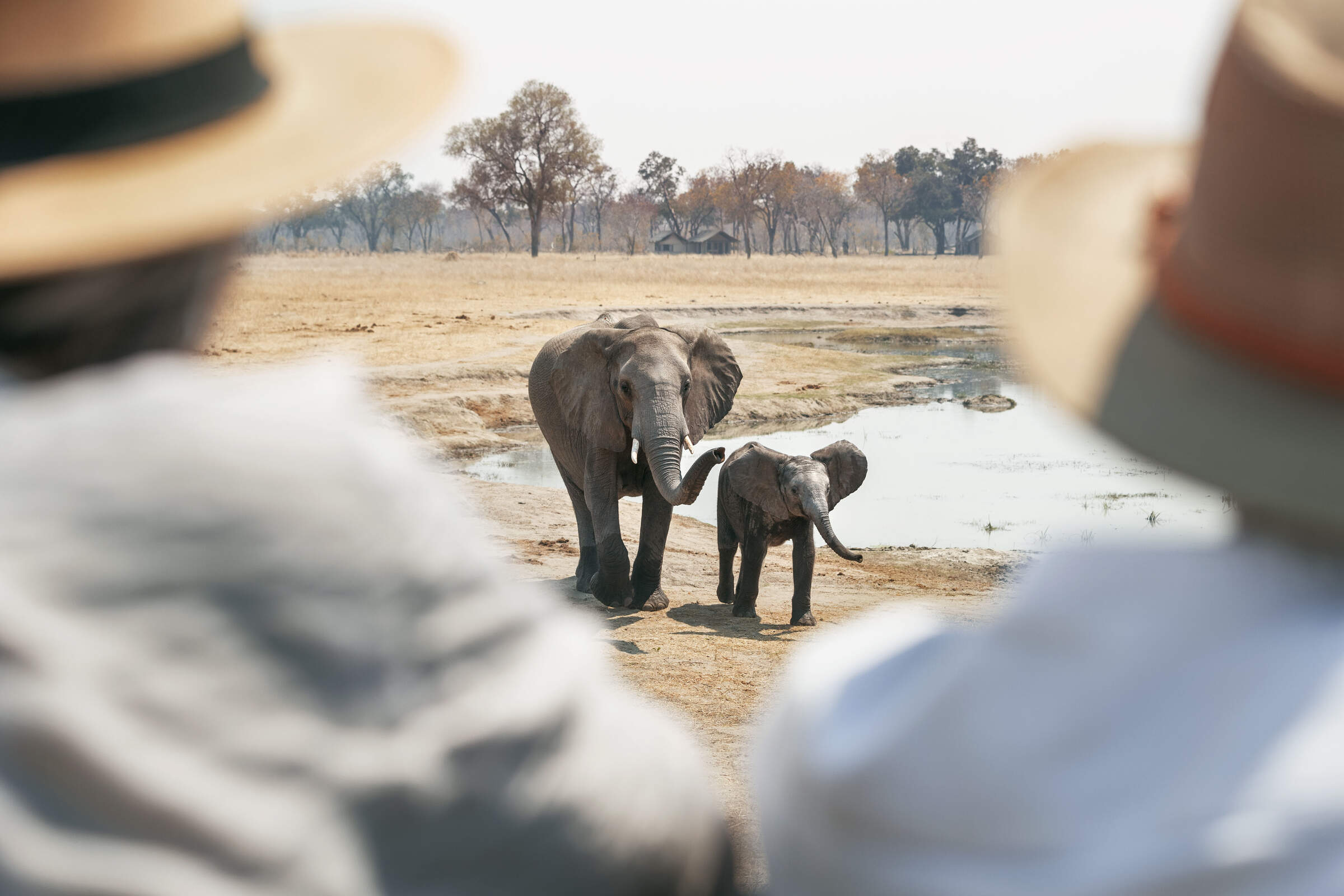
Davison's Camp
Within the Linkwasha Concession, Davison's Camp offers superb value for money, morning walking safaris and spot-lit drives after dark.
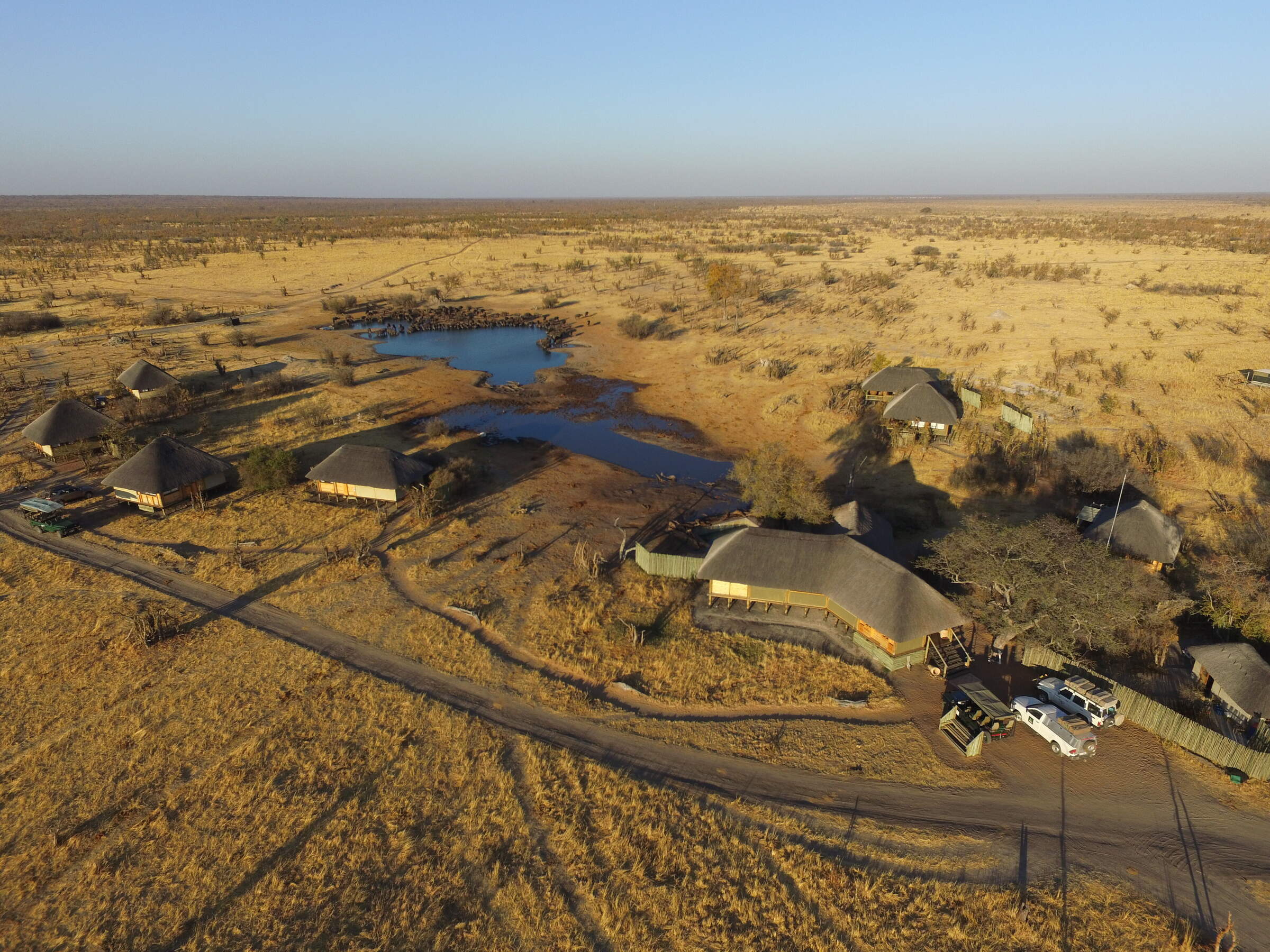
Nehimba Lodge
Nehimba is a comfortable, good-value camp in a remote area of Hwange National Park, teeming with wildlife.
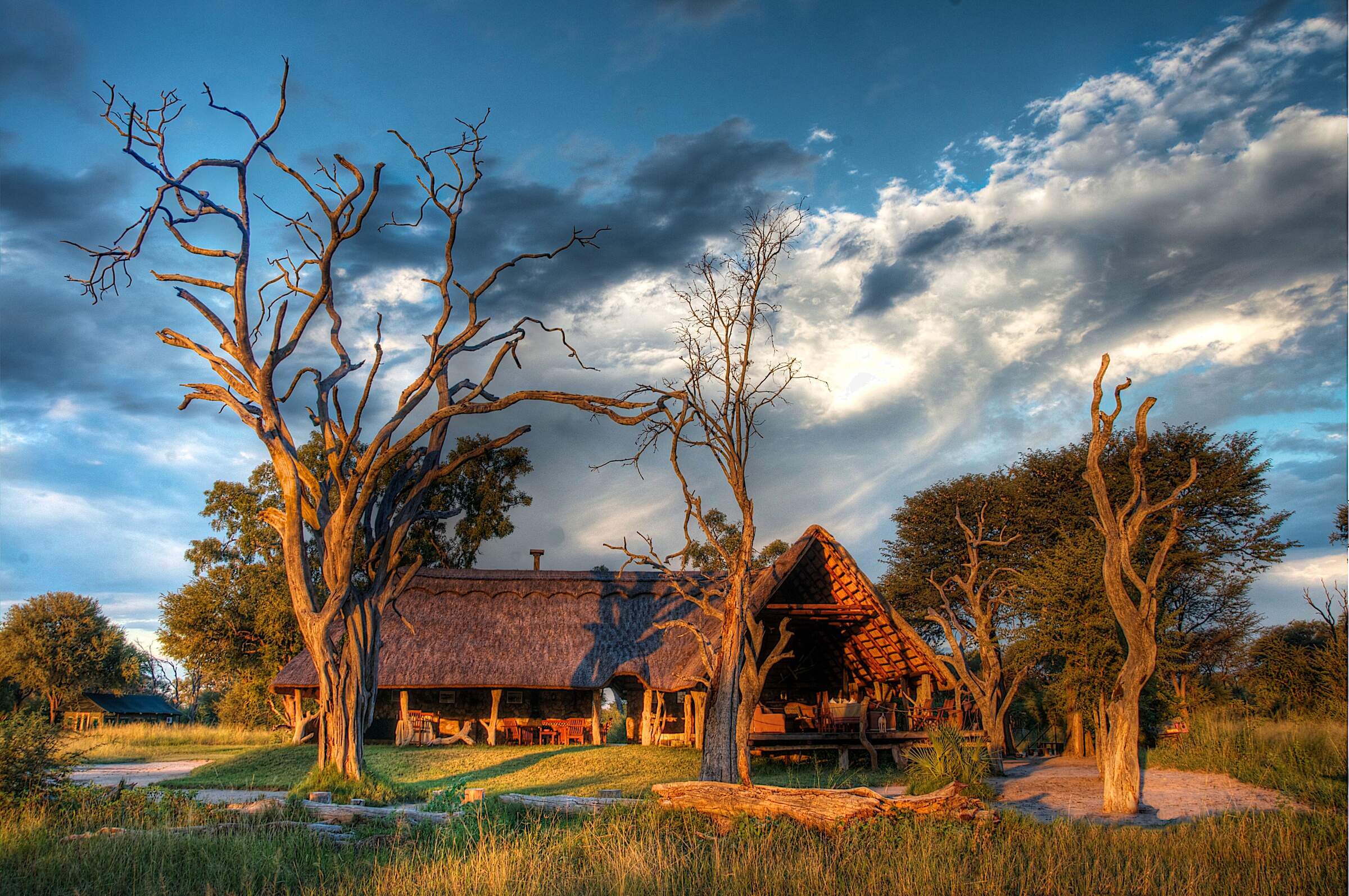
Bomani Tented Lodge
Bomani is a down-to-earth lodge with a range of activities in a remote region of western Zimbabwe, adjacent to Hwange National Park.
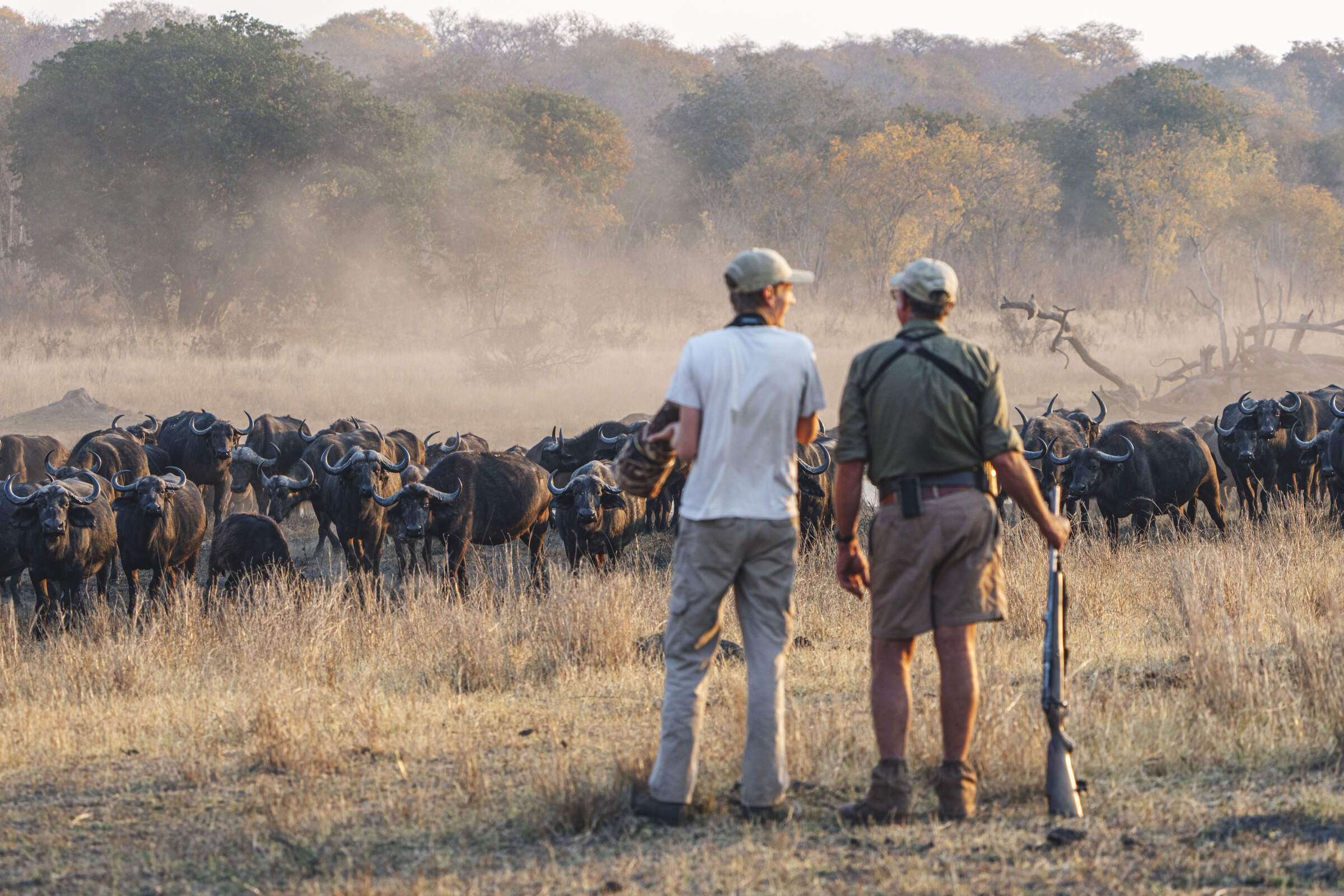
Khulu Bush Camp
Just outside Hwange National Park, Khulu Bush Camp features a waterhole popular with wildlife, especially elephants and offers excellent value for money.
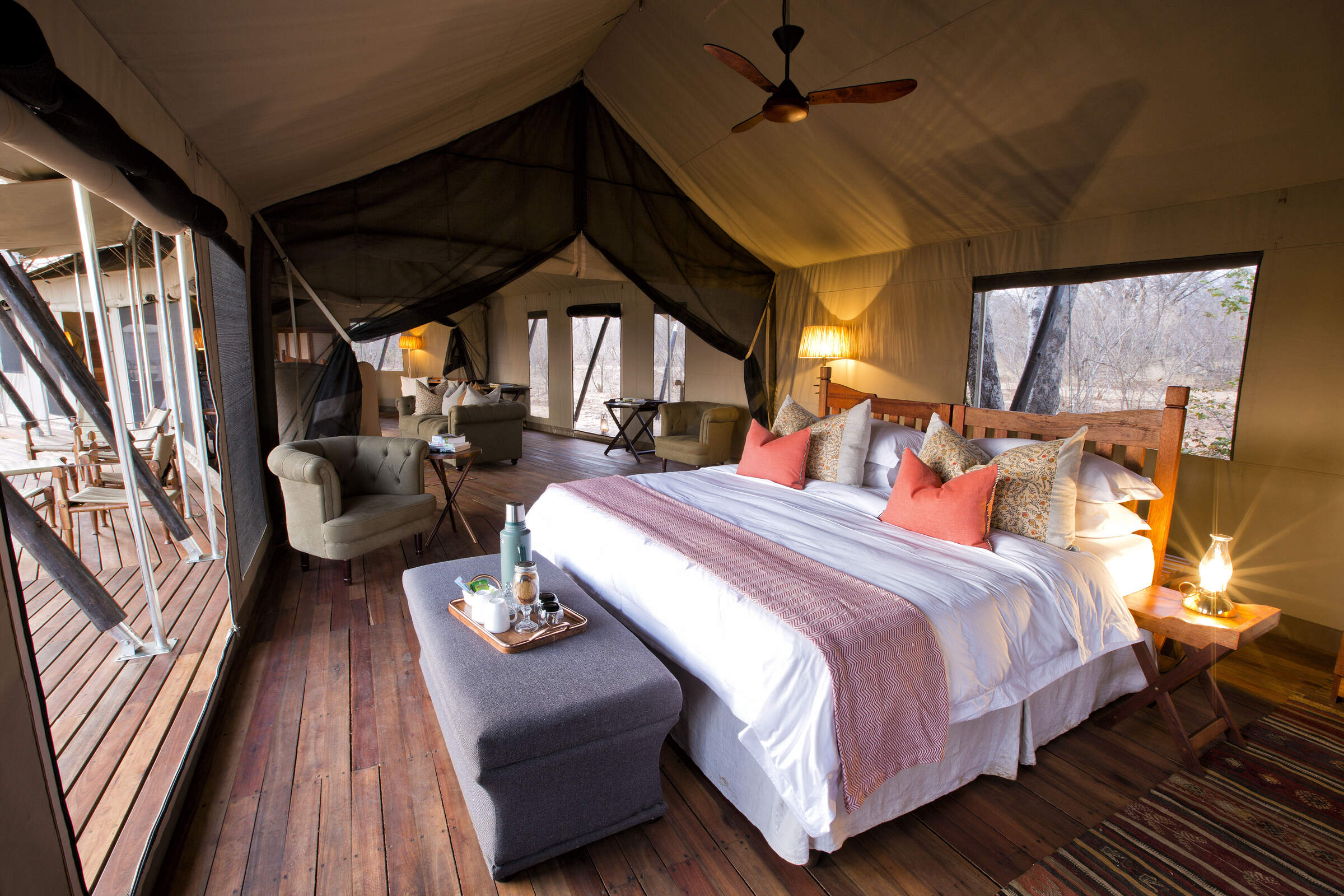
Verney's Camp
Verney's Camp is one of the newest offerings in Hwange, located in the wildlife rich, open landscape in the south-eastern section of the park.
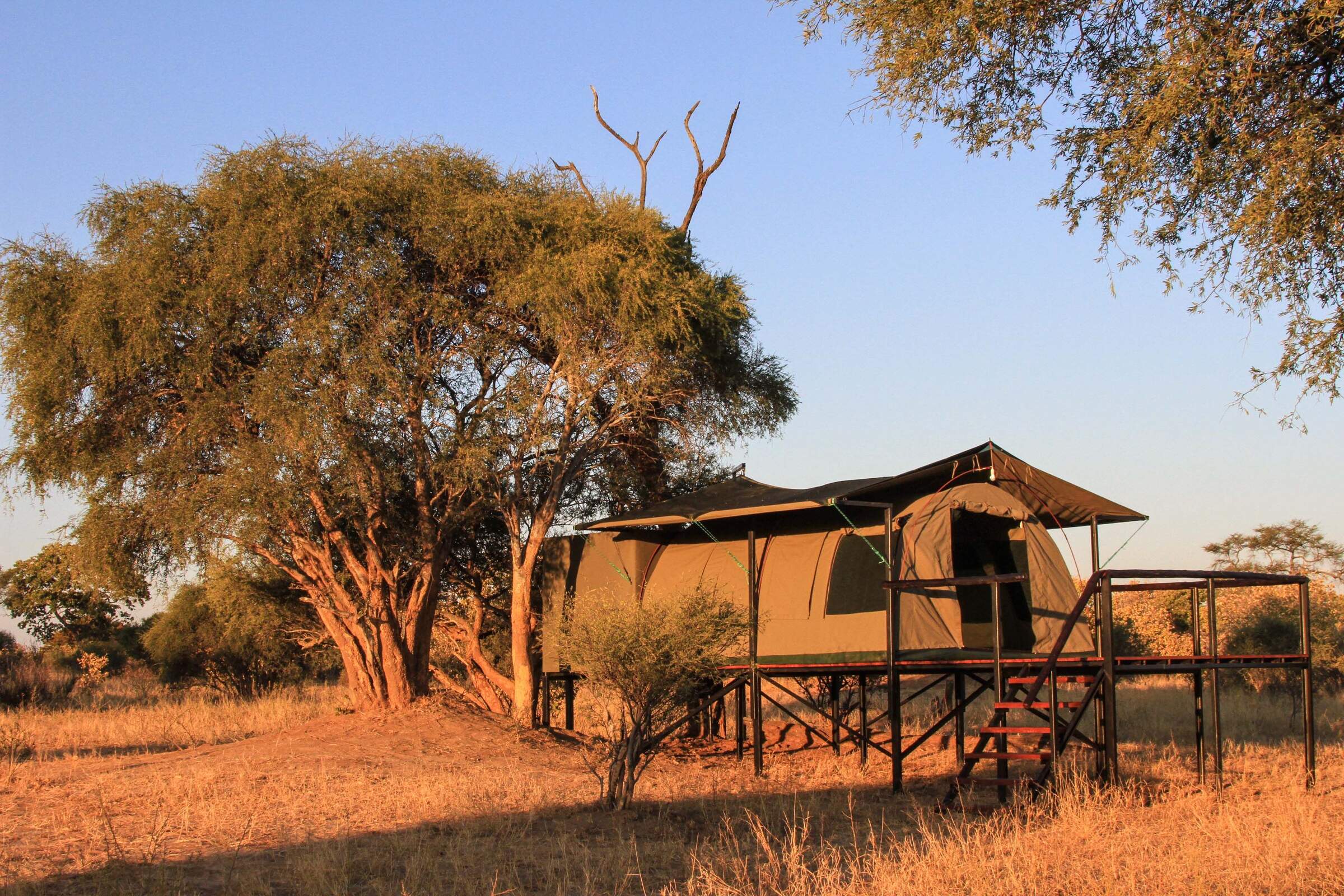
Jozibanini Camp
Remote and rugged, Jozibanini is one of the most remote camps in Zimabwe's largest National Park. Stay here for a real wilderness experience.
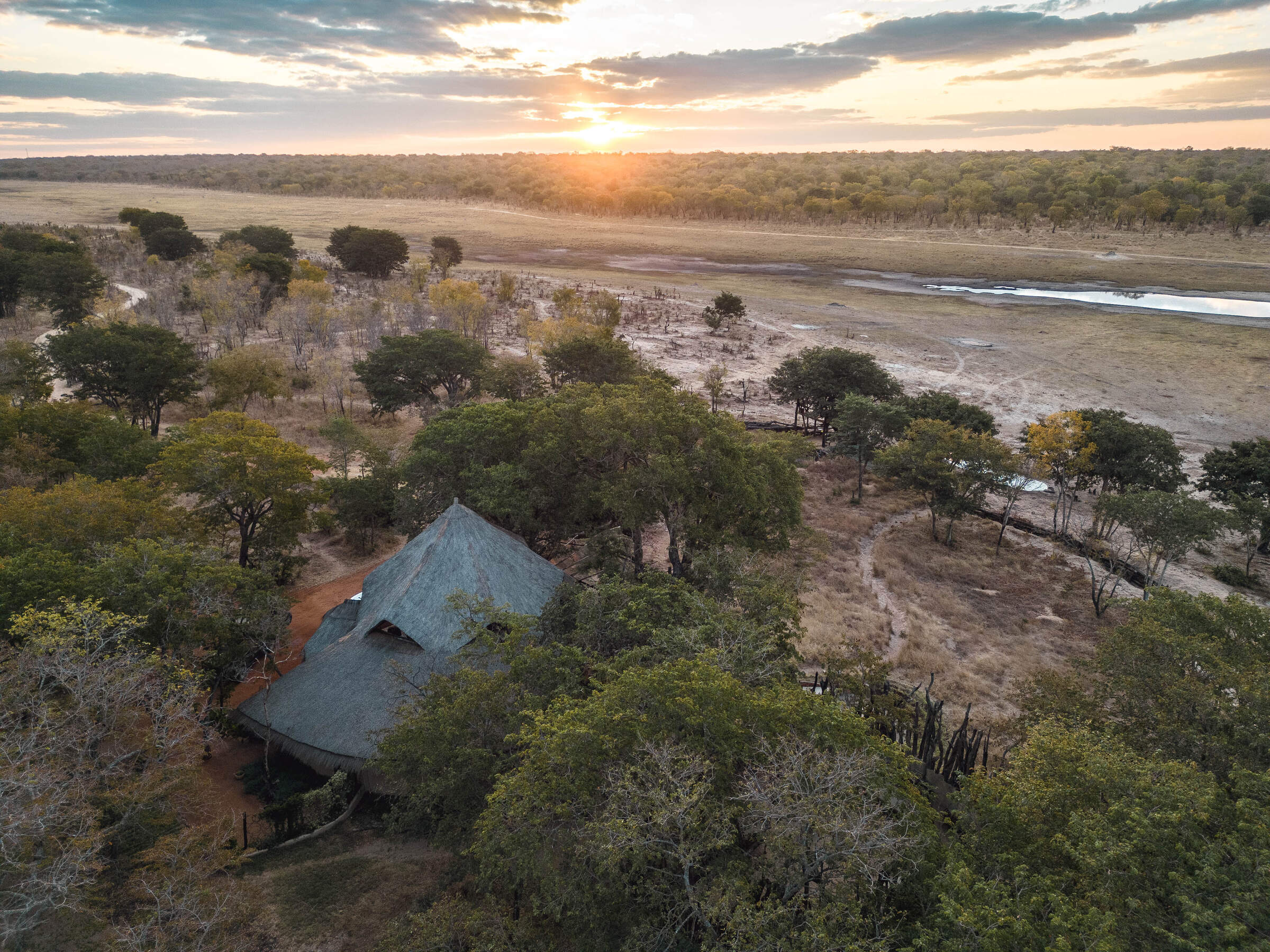
Sable Valley Lodge
Set on the 12km Dete Vlei, the recently upgraded and family-friendly Sable Valley sits in a private reserve within easy reach of Hwange National Park.
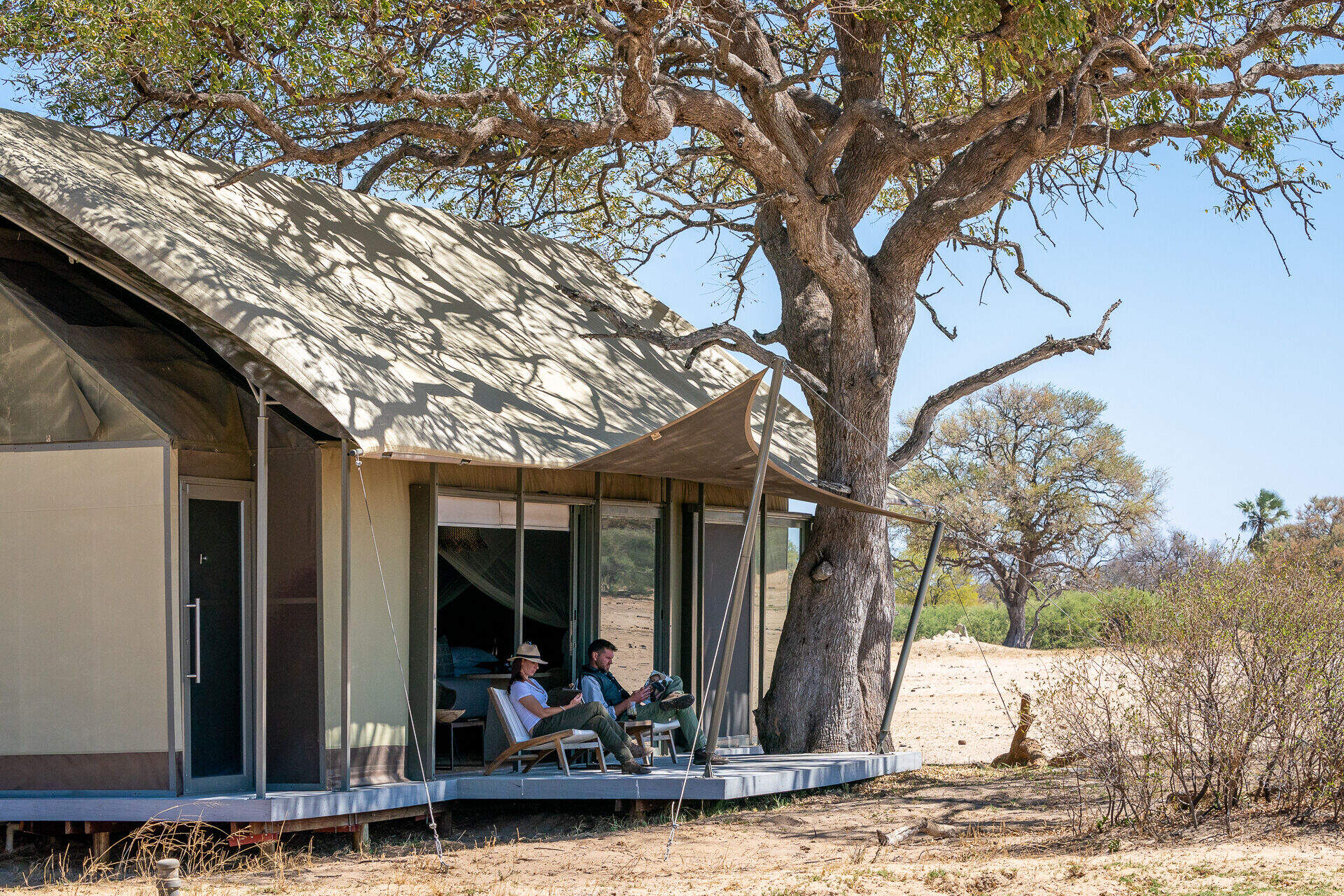
Linkwasha Camp
In its own private concession within Hwange National Park, Linkwasha offers excellent wildlife sightings and luxurious surroundings.
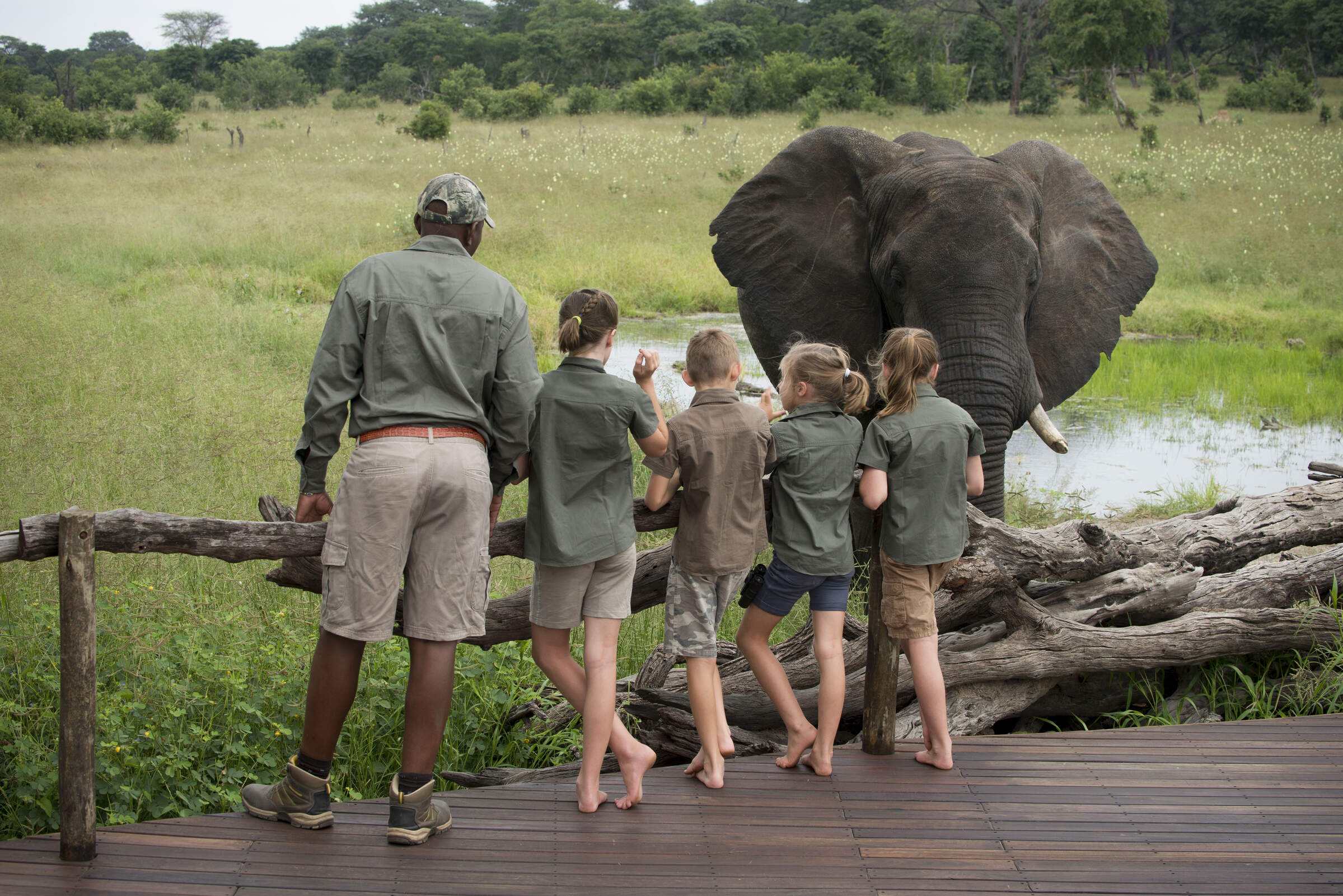
Somalisa Acacia
Somalisa Acacia is a family-friendly, yet remote and luxurious safari camp in Hwange National Park.
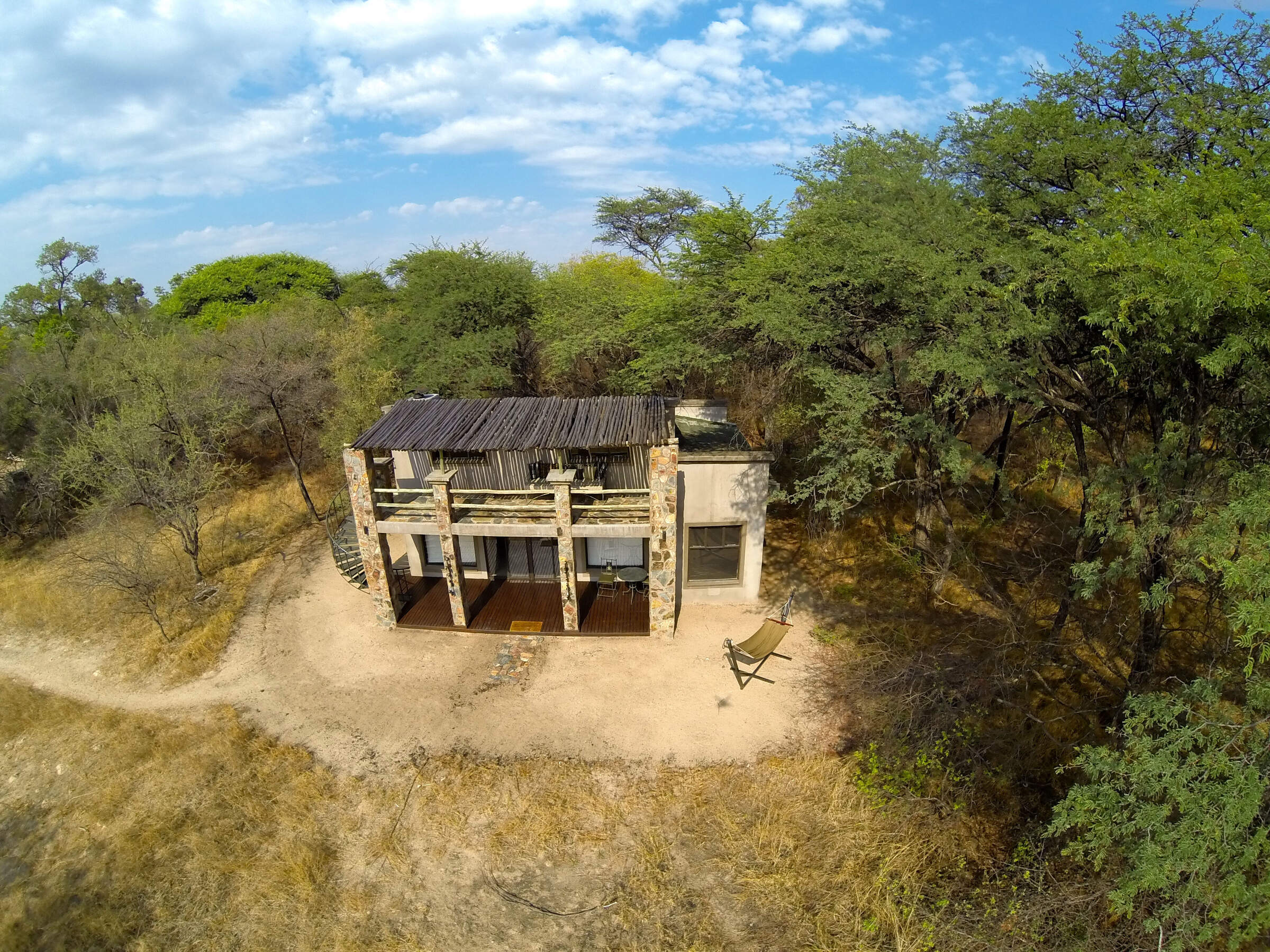
Camelthorn
Camelthorn is a stylish lodge with a range of activities in a remote region of western Zimbabwe, adjacent to Hwange National Park.
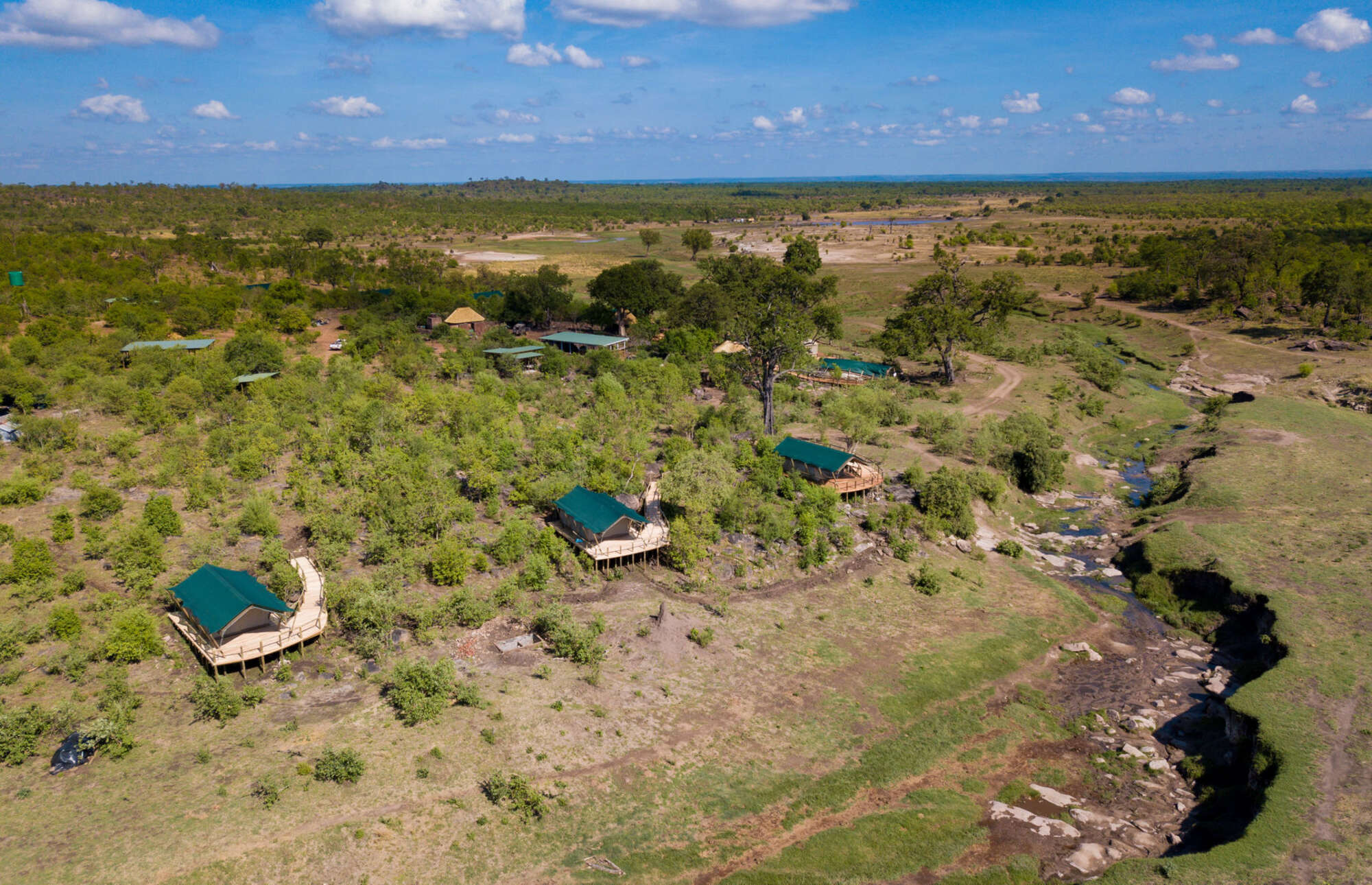
Deteema Springs Camp
In the remote north-west of Hwange National Park, Deteema Springs is a well-designed but unpretentious tented camp that offers good service and excellent wildlife potential.
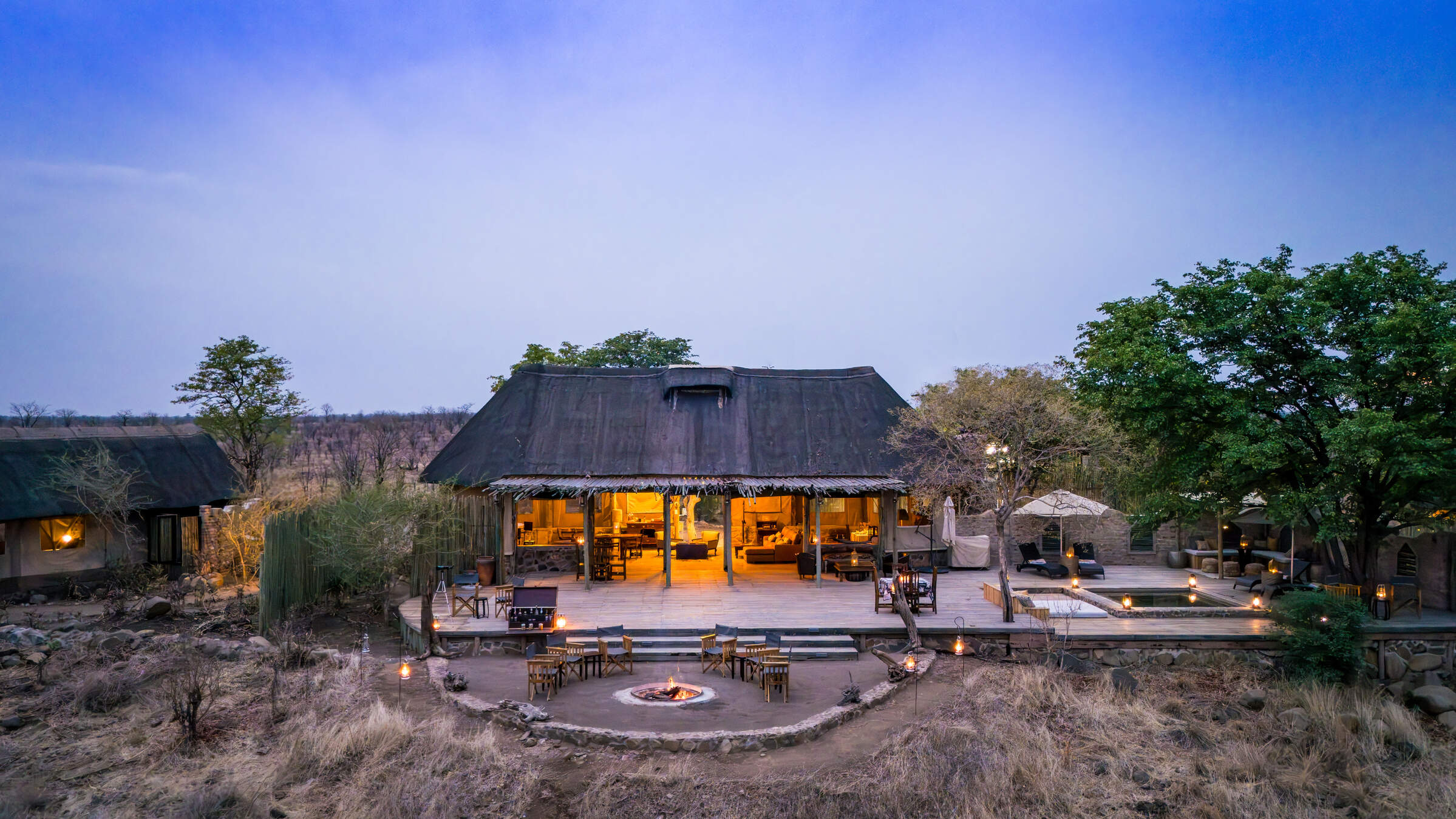
Daka Camp
One of the most remote camps in Hwange National Park, Daka Camp, like the smaller Daka Expeditions, sits almost on the border with Botswana.
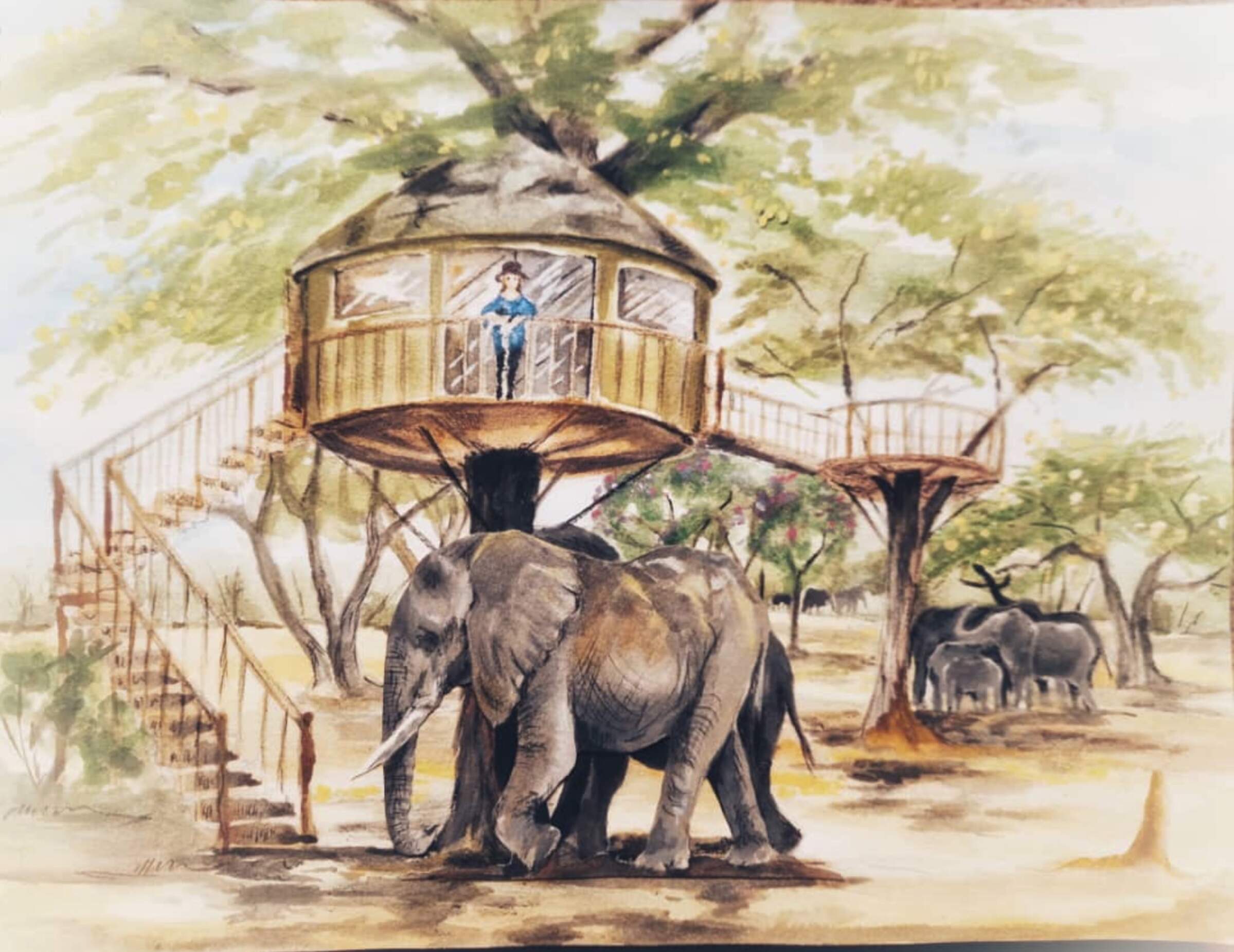
Tum Tum
The Tum Tum Treehouses are due to open in late 2025. Details on this exciting development are still scarce, so watch this space.
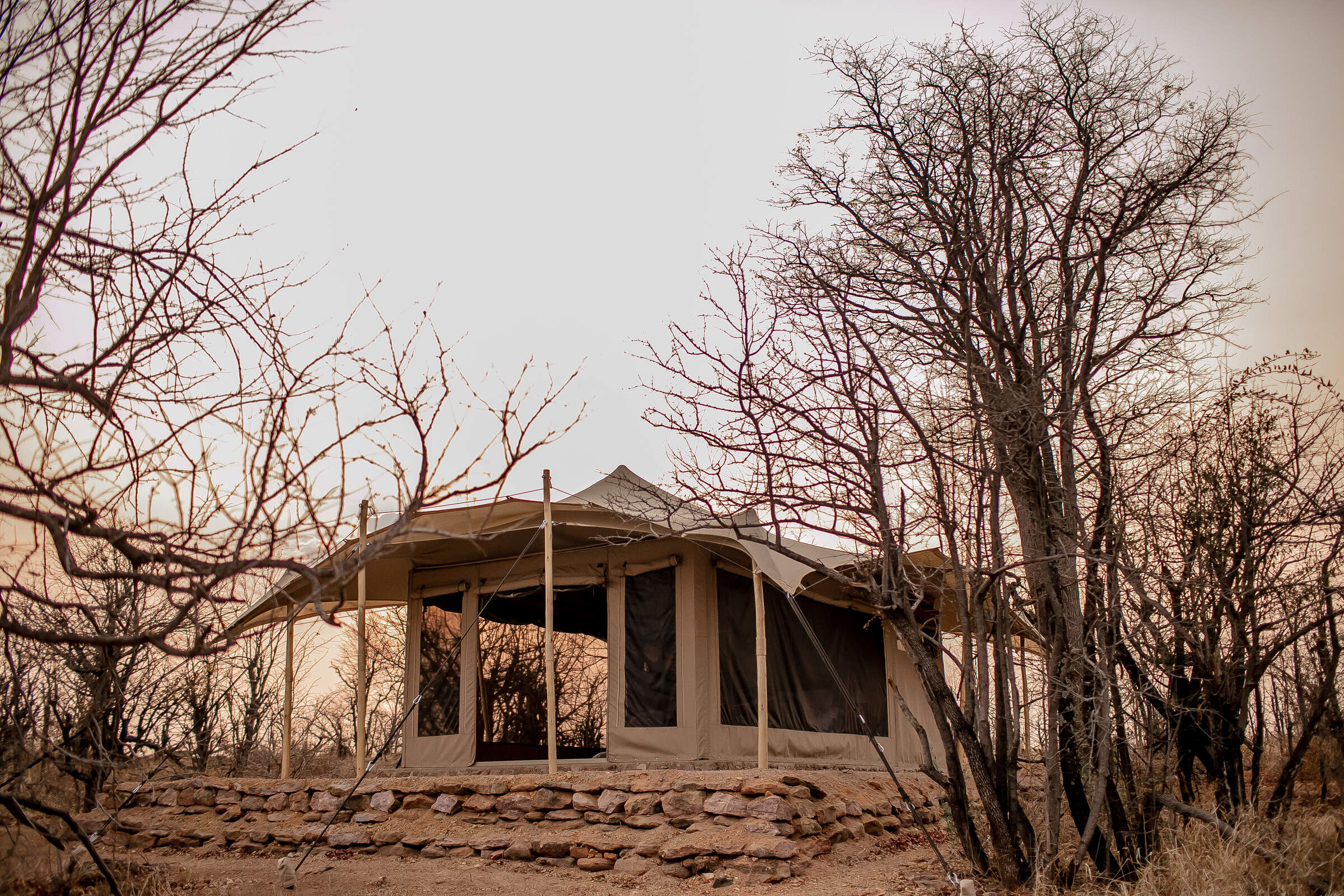
Camp Chitubu
Nestled in the rugged north of Hwange National Park, the unpretentious yet comfortable Camp Chitubu has a strong focus on excellent guiding.
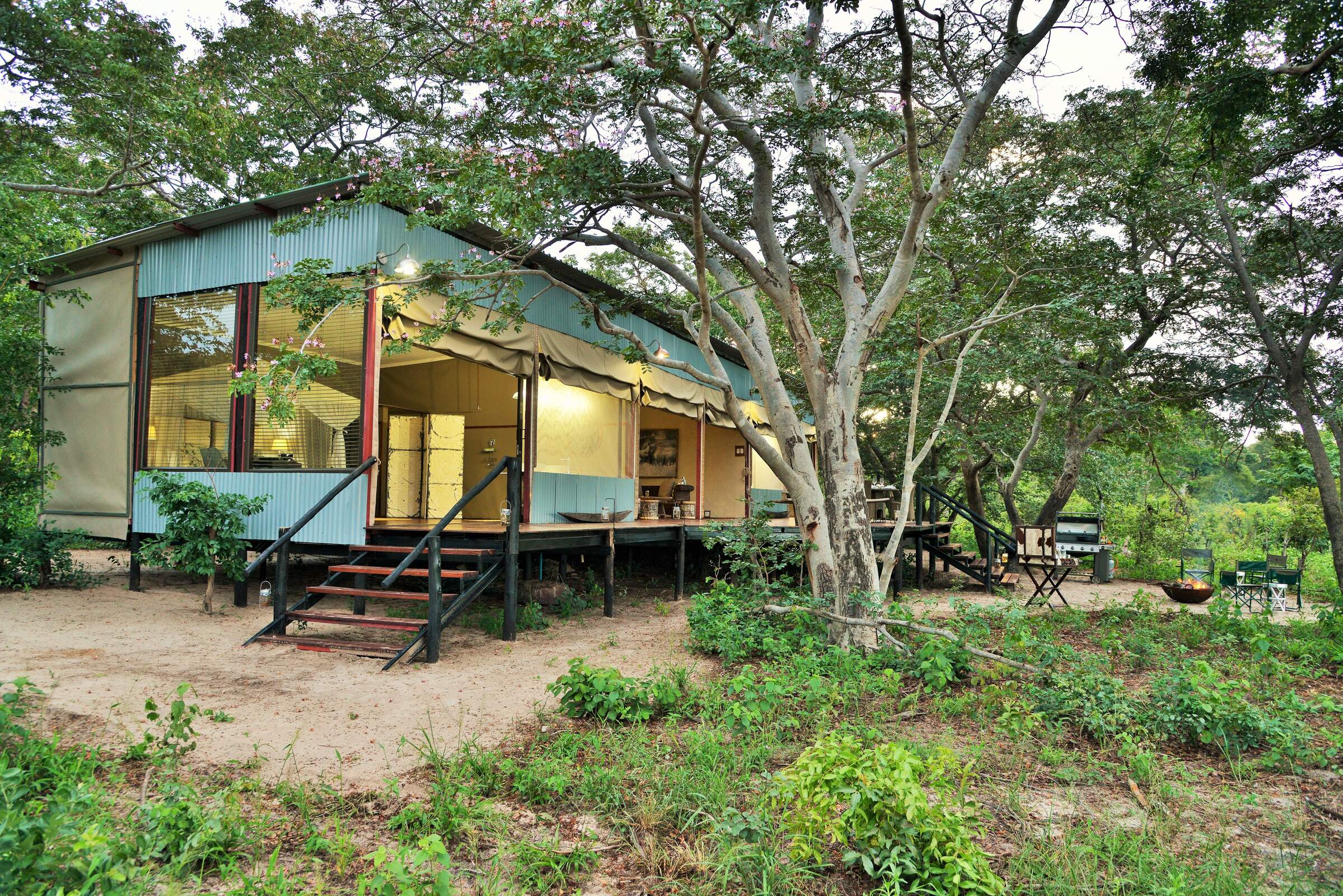
Khulu's Retreat
Just outside Hwange National Park, Khulu's Retreat is an exclusive private villa and is a great place to spoil yourself on a safari in Zimbabwe.
When to go to Hwange National Park
Our month by month guide: What it's like to visit Ivory Lodge in Hwange National Park
Jan
Feb
Mar
Apr
May
Jun
Jul
Aug
Sep
Oct
Nov
Dec
Zimbabwe in January
January falls in the middle of Zimbabwe’s rainy season and is the wettest month of the year. Heavy rainfall occurs most days, flooding seasonal rivers and waterholes, with the occasional sunny spell.
With the high levels of precipitation the wildlife in the national parks becomes widely dispersed, taking advantage of the abundance of food and water, and is easily hidden by the thick, green bush.
While sightings of larger animals are possible, and many species drop their young at this time, game viewing is often sparse. However, many migratory species of bird arrive in Zimbabwe making it a peak month for birding.
The rains create incredibly sticky mud in Mana Pools National Park, preventing access and causing camps to close for the season. The majority of the camps in other parks remain open, with low rates attracting a smattering of visitors.
- Peak of the rainy season: hot & humid with heavy rain most days
- Bush exceptionally thick and green, with poor game viewing
- Species such as impala drop their young
- All camps in Mana Pools closed
- Very few visitors, and low rates at open camps
Our view
A time to avoid if possible
Weather in January
Zimbabwe in February
February remains well within Zimbabwe’s rainy season. Although total rainfall drops, relatively short thunderstorms can still be expected most afternoons. On the plus side, there is a greater chance of some sunshine in-between.
Much of the country remains waterlogged, closing access to Mana Pools and severely restricting walking safaris in other parks. While game drives and canoeing remain an option, the abundance of water disperses animals, and thick grass can make it difficult to spot larger species, but birding remains excellent. Conversely, this is a great time of year to view the landscape, and is excellent for photographers. Sporadic cloud cover and clear air can make for some spectacular sunsets too, particularly over Lake Kariba and the Zambezi River where the reflections off the water add to the beauty.
- Generally wet with frequent thunderstorms & hot humid days
- Poor wildlife viewing due to dispersed animals & thick bush
- Clear air, green landscapes & exceptional sunsets
- All camps in Mana Pools closed
- Very few visitors & low rates at camps that are open
Our view
This is not a great time to visit
Weather in February
Zimbabwe in March
March is the final month of Zimbabwe’s rainy season, when the rains start to trail off and sunny days become the norm. However, some days the clouds can still build, breaking into thunderstorms in the afternoon.
Mana Pools remains closed throughout the month but the majority of camps in Hwange, Matusadona and Gonarezhou remain open. Here, the landscape is green and alive, with migrant species of birds taking advantage of the abundant insect life. Larger animals remain elusive though, and walking safaris remain restricted.
By this time of year, the rains have normally trickled down to the Zambezi River and the flow of water over the Victoria Falls starts to increase, but without kicking up too much spray to obscure the views.
- Last month of the rainy season: hot, humid days with occasional storms
- Lush vegetation means good birding, but poor game viewing
- Views of the Victoria Falls improve
- All camps in Mana Pools closed
- Open camps have few visitors & low rates
Our view
This is not a great time to visit
Weather in March
Zimbabwe in April
April marks the end of Zimbabwe’s rainy season and the end of summer. Clear skies are the norm, with just the occasional shower. Temperatures start to drop, failing to reach 30ºC most days and dropping down to around 10ºC at night.
As the rain fades the landscape starts to dry out. While the vegetation remains thick and green, the soil in Mana Pools dries enough for camps to open, and the only camps to remain closed are the most remote bushcamps in Hwange. Although viewing of larger animals remains tricky, the improved weather starts to draw back visitors, as do prices significantly below those in the peak season.
The Zambezi River and flow of water over the Victoria Falls is at its highest, although large amounts of spray diminish views of the waterfall itself.
- Transitional period, with much lower rainfall & falling temperatures
- Wildlife is still dispersed & hard to see, but sightings improving
- Views of the Victoria Falls often obscured by spray
- Camps in Mana Pools open
- Visitors start to return & camps increase their rates
Our view
A good time to visit, with pros & cons
Weather in April
Zimbabwe in May
The first month in the dry season, May is also Zimbabwe’s first month of winter. If the rains are particularly late in a given year, you may catch the odd shower, but you can expect clear and sunny days the majority of the time. While it’s warm in the daytime, temperatures drop to single digits at night, so bring a warm jumper and gloves for early morning drives.
With the rain having cleared the air, the sky is bright blue, and it’s the best time of year for photography.
Even the most remote camps in Zimbabwe are now open. With the lack of rainfall, vegetation dies back significantly, and seasonal rivers return to sand. Not only does this open up the possibility of walking safaris, but wildlife viewing becomes much more reliable.
- Start of the dry season, with milder days and cold nights
- Game viewing significantly improves as vegetation dies back
- Vegetation starts to turn from green to brown
- Best time for photography with crystal clear air
- Visitors start to return; all camps open & rates increasing
Our view
A very good time to visit
Weather in May
Zimbabwe in June
During June you can virtually be guaranteed of dry and sunny days, although temperatures continue to drop, and can get close to freezing at night in Hwange National Park. Jumpers, jackets and gloves are strongly recommended for early mornings and evenings.
The opportunities for wildlife viewing improve throughout the month as the landscape rapidly dries, and the animals start to gather on the banks of the Zambezi River and around Hwange’s waterholes.
Water levels in the Zambezi River start to drop, reducing the amount of spray kicked up at the Victoria Falls and greatly improving visibility, but still allowing a full curtain of water to cascade over the edge.
- Middle of winter, with night-time temperatures close to freezing
- Game viewing significantly improves throughout the month
- Views of the Victoria Falls are at their best
- Noticeable increase in visitor numbers
- Camps considerably more expensive
Our view
A very good time to visit
Weather in June
Zimbabwe in July
July sits in the middle of Zimbabwe’s dry season. Although it’s warm at midday, temperatures are generally cold and in Hwange it’s been known to drop below freezing at night, with the lower-altitude Mana Pools feeling a bit warmer.
With wildlife clustering around the few remaining waterholes, sparse vegetation, and some of the best views of the Victoria Falls, this is one of the most popular times to travel, with camps charging peak season rates to reflect this. That said, visitor numbers to the country in general remain low, and outside of the Victoria Falls it’s rare for any areas to feel crowded.
- Middle of the dry season with almost no chance of rain
- Clear sunny days, but very cold nights
- Wildlife viewing good; game drives and walking safaris unrestricted
- Views of the Victoria Falls at their best
- Camps charging peak season rates
Our view
A very good time to visit
Weather in July
Zimbabwe in August
While August is the end of winter and temperatures are starting to creep up, mornings and nights are still cold, and game drives in open vehicles can feel particularly chilly. Well into the dry season, the landscapes will have mostly transformed from green to brown and wildlife viewing in Zimbabwe’s national parks is approaching its best. Due to dust kicked up into the atmosphere and smoke from bush fires you may start to notice a haze on the horizon, but this doesn’t significantly impact photography.
August is one of the most expensive months, and the pleasant weather and decent game viewing attracts lots of visitors. While the national parks rarely feel crowded, Victoria Falls accommodation can sell out a year in advance.
- Warm, sunny days but cold mornings & nights; almost no chance of rain
- Wildlife viewing nearly at its best
- Landscape turns brown, & an atmospheric haze develops
- All camps charging peak season rates
Our view
Fantastic: the very best time to visit
Weather in August
Zimbabwe in September
Temperatures in September rarely drop below 15ºC, but are yet to reach the oppressive highs of summer. It will normally have been five months since the last drop of rain, so antelope and elephants cluster around whatever water remains, with predators never too far away.
The landscape is very brown, and the haze building on the horizon takes some of the colour out of the sky, so while animal subjects are plentiful, the background is not ideal for photography.
The combination of incredible wildlife viewing, hot and sunny weather, and cheaper flights outside of the school holidays make this the most popular time of year to travel, and availability at the camps can become limited up to a year in advance.
- The best month for weather, with a pleasantly warm temperature range
- One of the best months for game viewing
- Victoria Falls starting to dry but still impressive on Zimbabwean side
- All camps are charging peak season rates
- Most popular time to travel, & space can be limited
Our view
Fantastic: the very best time to visit
Weather in September
Zimbabwe in October
October is the last month of the dry season with little chance of rain but building humidity. While the higher elevation of Hwange National Park limits temperatures to the 30s Celsius, they can easily top 40ºC in Mana Pools.
With little vegetation or water, wildlife is drawn to the few remaining water sources and viewing is at its best; visitors who brave the heat can be rewarded with some exceptional sightings, although haze in the air diminishes photos. Maximum visibility and dense wildlife concentrations can also make for very rewarding walking safaris, although the heat can make them uncomfortable.
Water levels in the Zambezi at the Victoria Falls drop significantly, and large stretches of the waterfall are a dry cliff-face – although it never dries completely. Camp rates remain at their peak, but visitor numbers drop as people avoid the heat.
- Last month of the dry season; very hot with building humidity
- Wildlife viewing at its very best
- Dust & smoke in the air diminish photographic opportunities
- Victoria Falls starting to look very dry
- Camp rates remain at their peak
Our view
A very good time to visit
Weather in October
Zimbabwe in November
November is a transitionary period, with high temperatures and humidity. While they can’t be predicted with any precision, the first rains normally arrive halfway through the month, in the form of thunderstorms lasting a few hours each day.
Early November is a popular time to travel as the camps drop their rates, so if you’re lucky you can get peak-season game viewing at low-season rates. This is a gamble though as if the rains do arrive, animals are no longer limited to a few dangerous waterholes and will disperse into the bush. While all the camps in Mana Pools intend to remain open, the rains can make the airstrips unusable so you may find yourself moved to a different park, a risk that increases through the month.
- Typically the start of the rains in Zimbabwe
- Temperatures & humidity levels remain high
- Wildlife viewing rapidly diminishes as the rains arrive
- Camps remain open, but risk early closure in Mana Pools
- Much cheaper time to travel as camps drop their rates
Our view
A good time to visit, with pros & cons
Weather in November
Zimbabwe in December
By December the rainy season has begun in earnest; this is one of the wettest months in Zimbabwe, with heavy thunderstorms most afternoons and occasionally continuous rain for a couple of days. While temperatures start to cool down the high levels of humidity can make the heat feel more oppressive.
With the rains comes an explosion of green growth, and the dust and smoke are washed out of the air. The resulting scenery – with the occasional bright blue skies – can be fantastic for photographers. Thick vegetation and plentiful water makes viewing of larger animals tricky, but with migratory species arriving the birding is at its best.
All camps in Mana Pools and the remote Hwange camps close, with those remaining open charging their lowest rates.
- One of the wettest months in Zimbabwe
- High temperatures & levels of humidity
- Wildlife viewing poor, but birding good
- Lush green landscapes & clear air; great for landscape photography
- All camps in Mana Pools closed
Our view
This is not a great time to visit
Weather in December

Looking for inspiration on where to travel next?
Visit our trip chooser to explore your options and find inspiration for your perfect African adventure
Inspire me